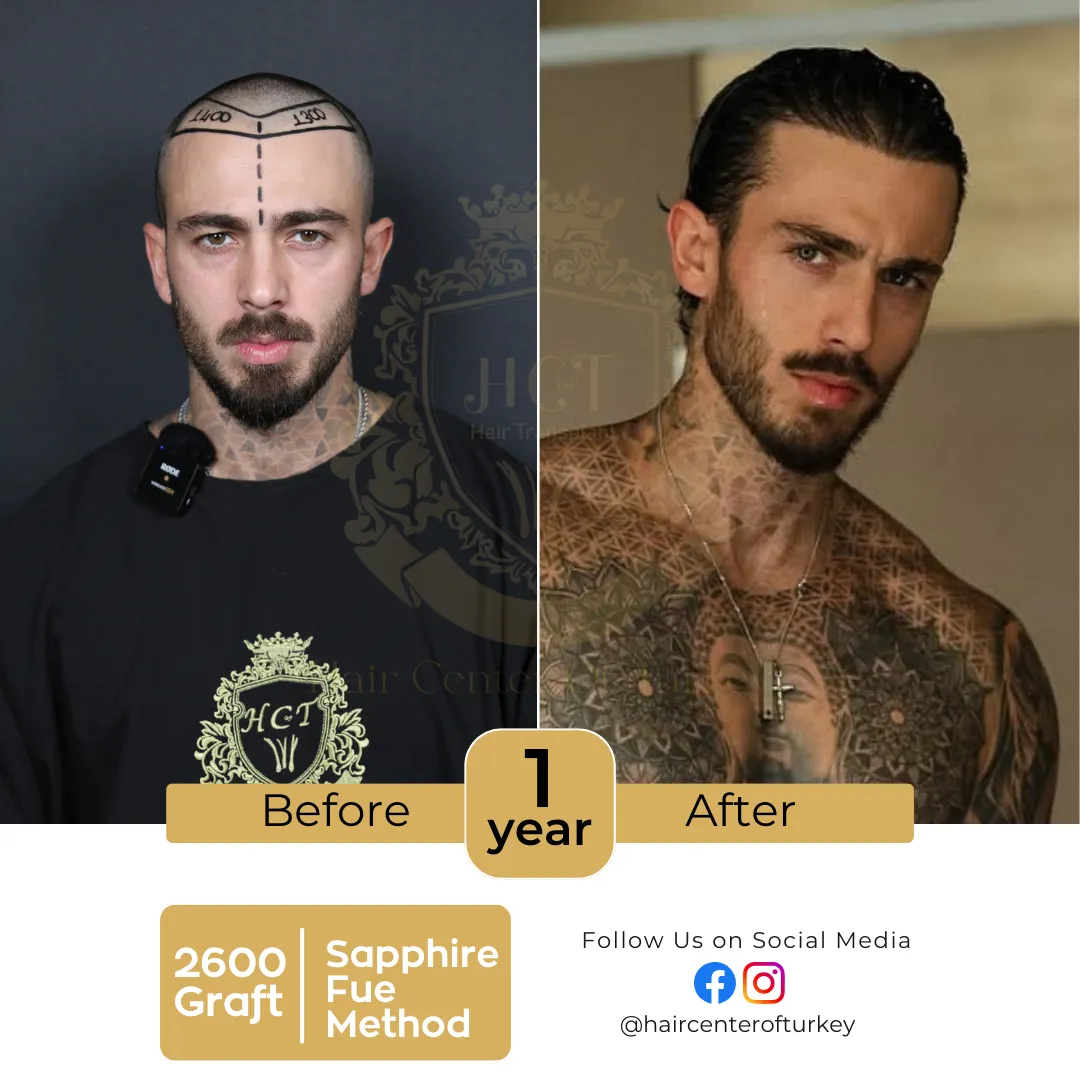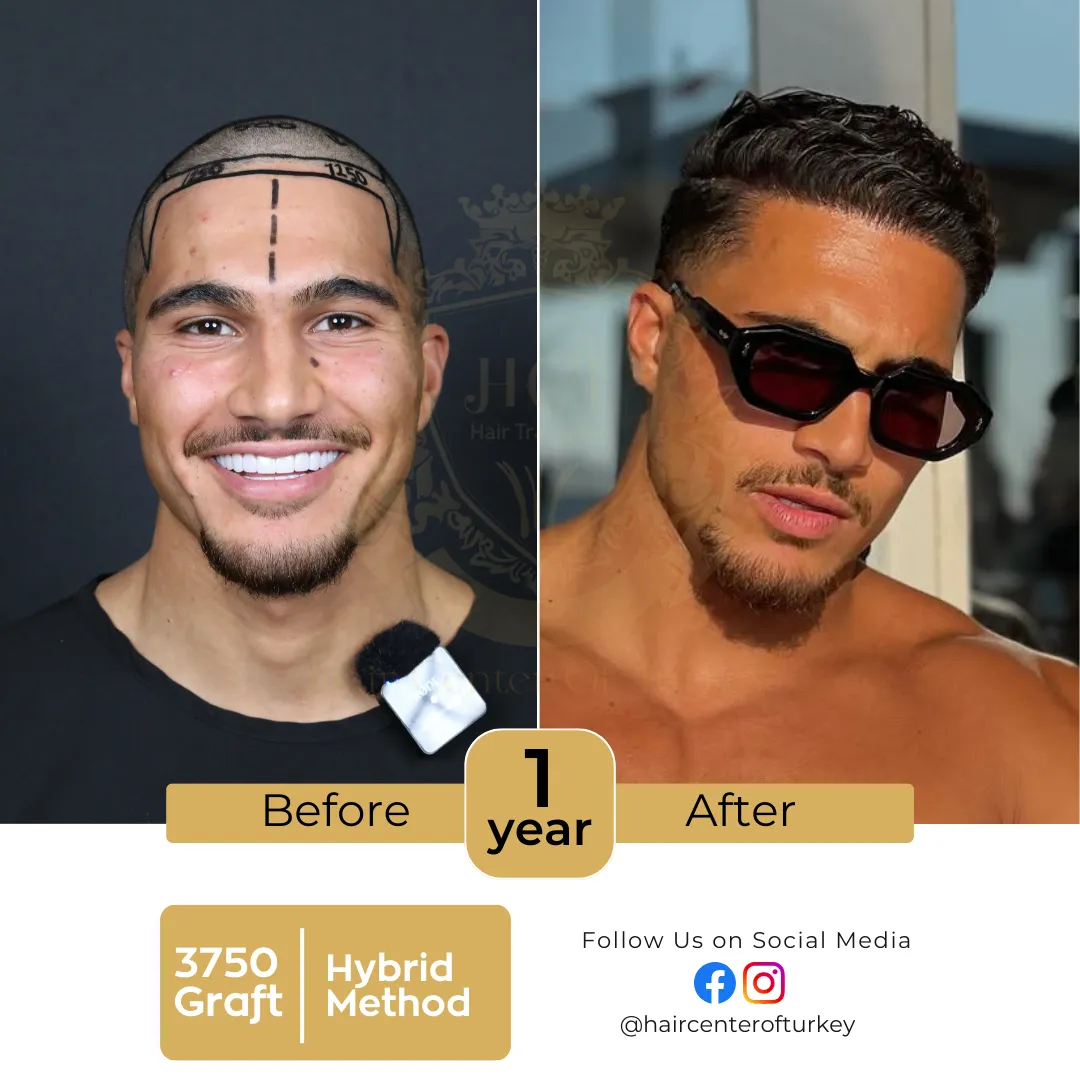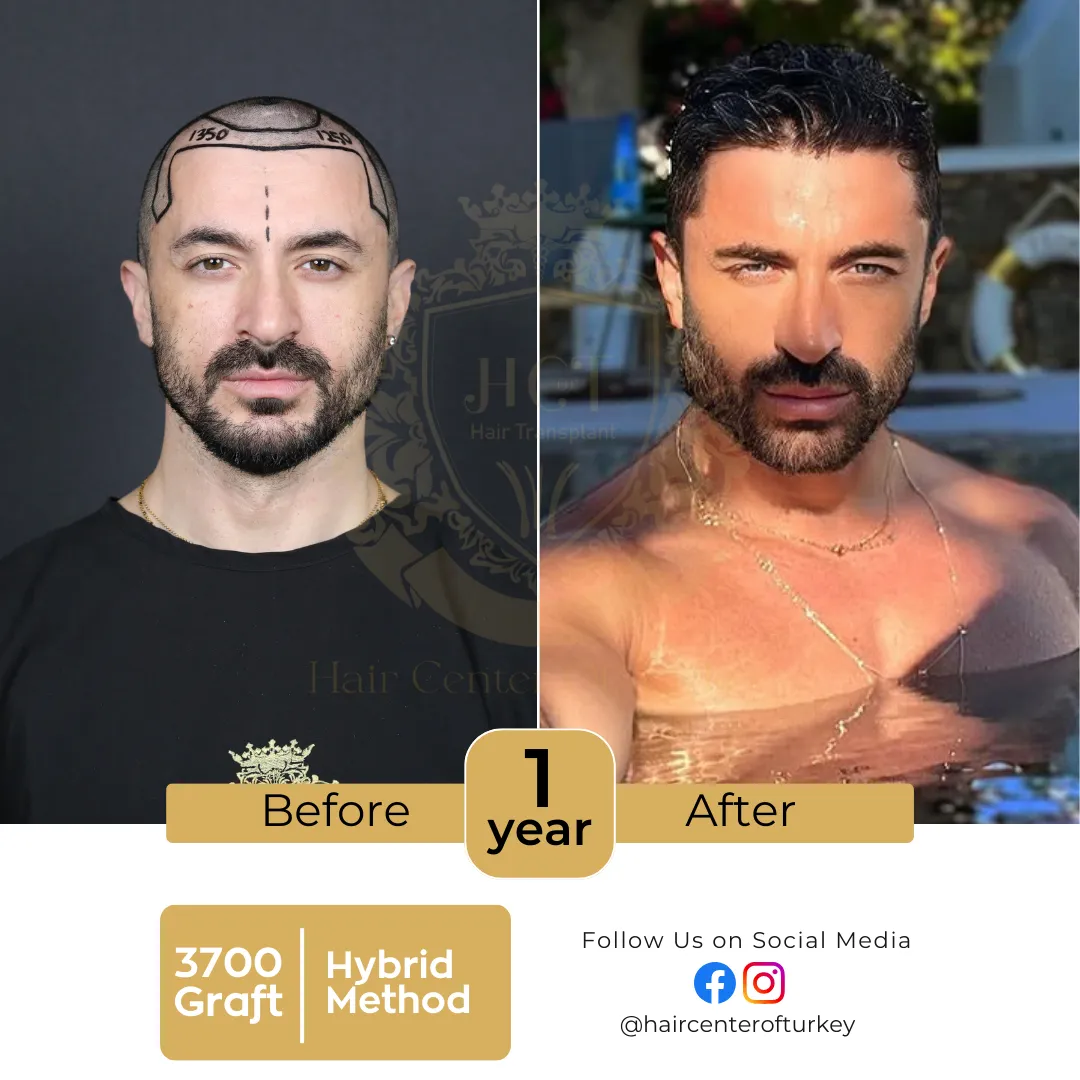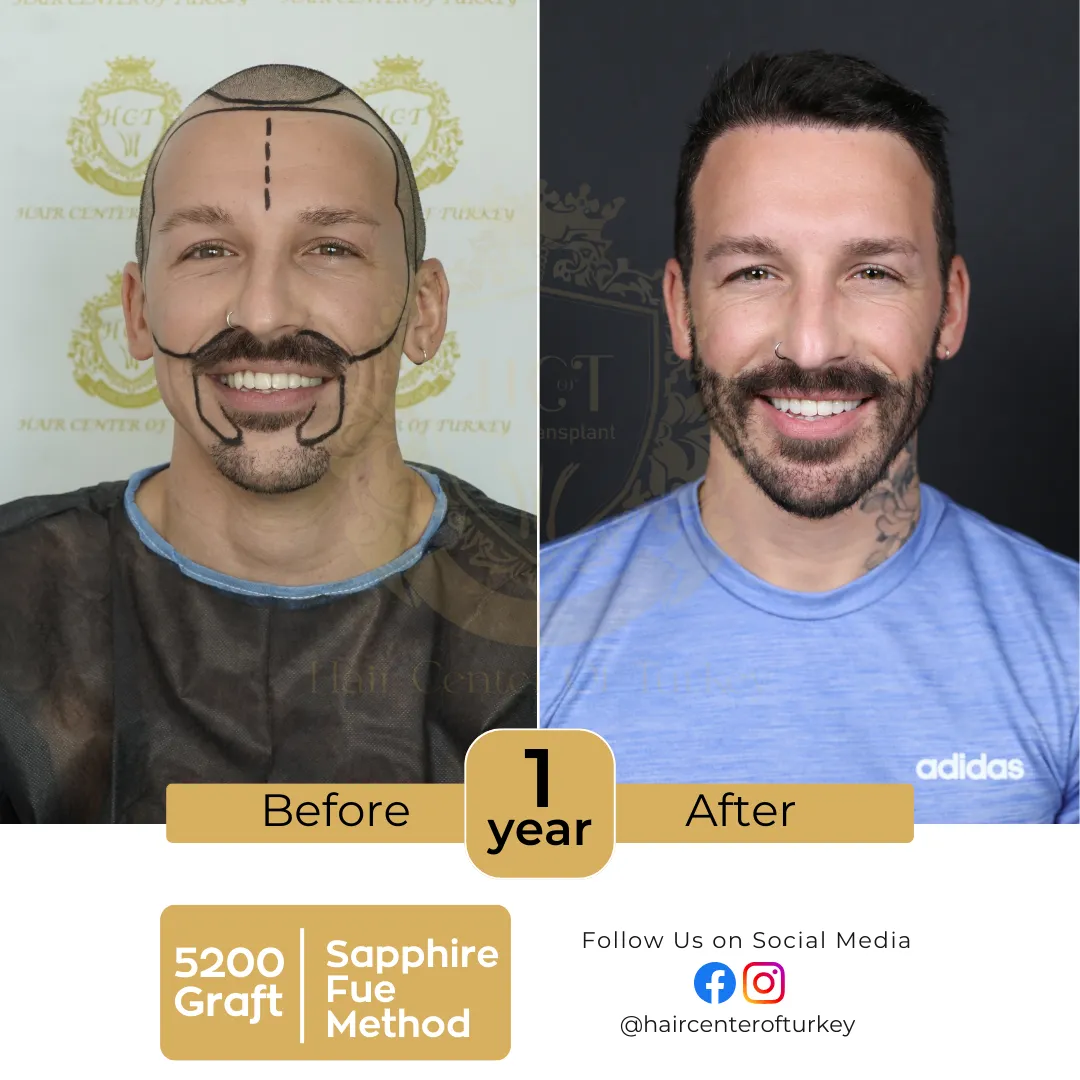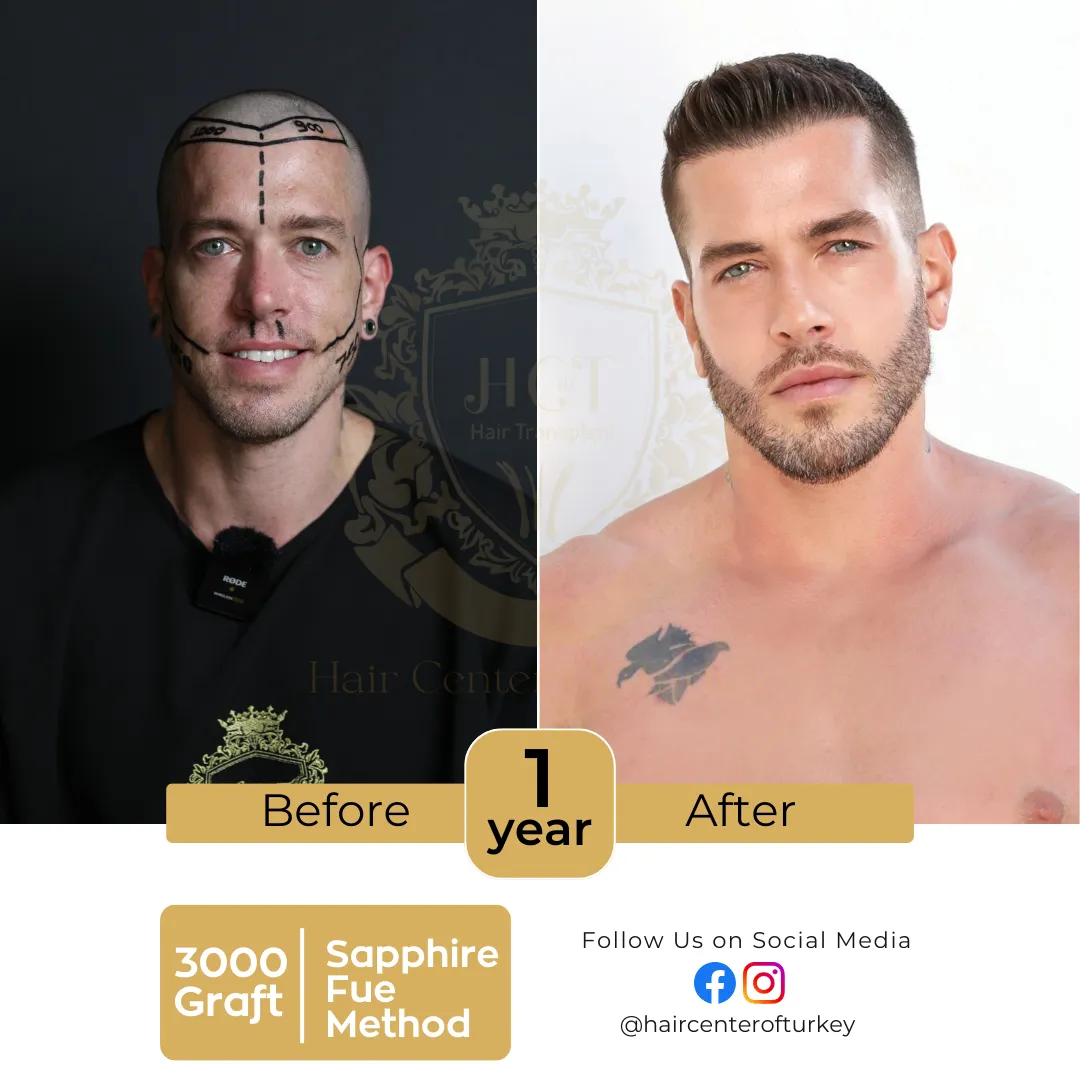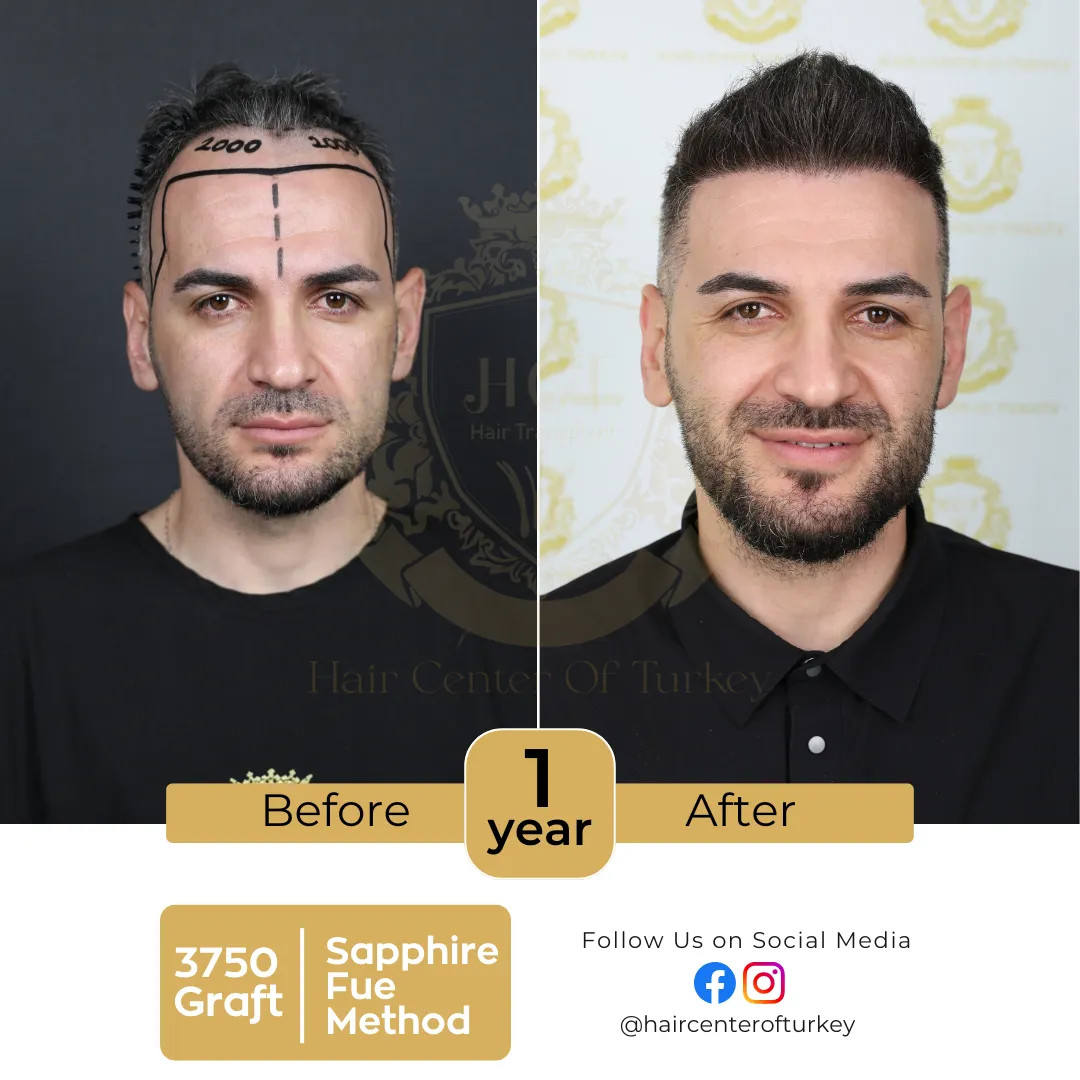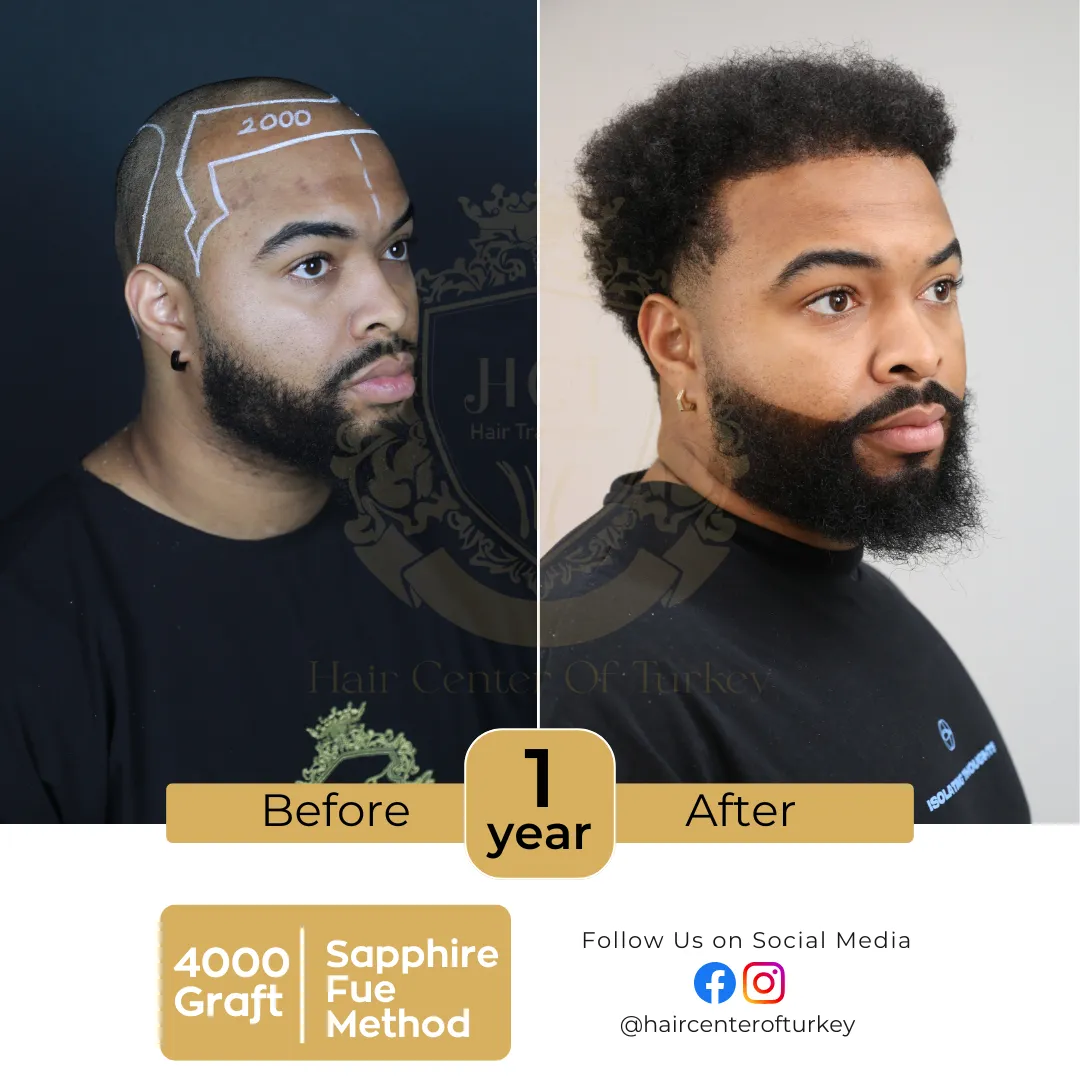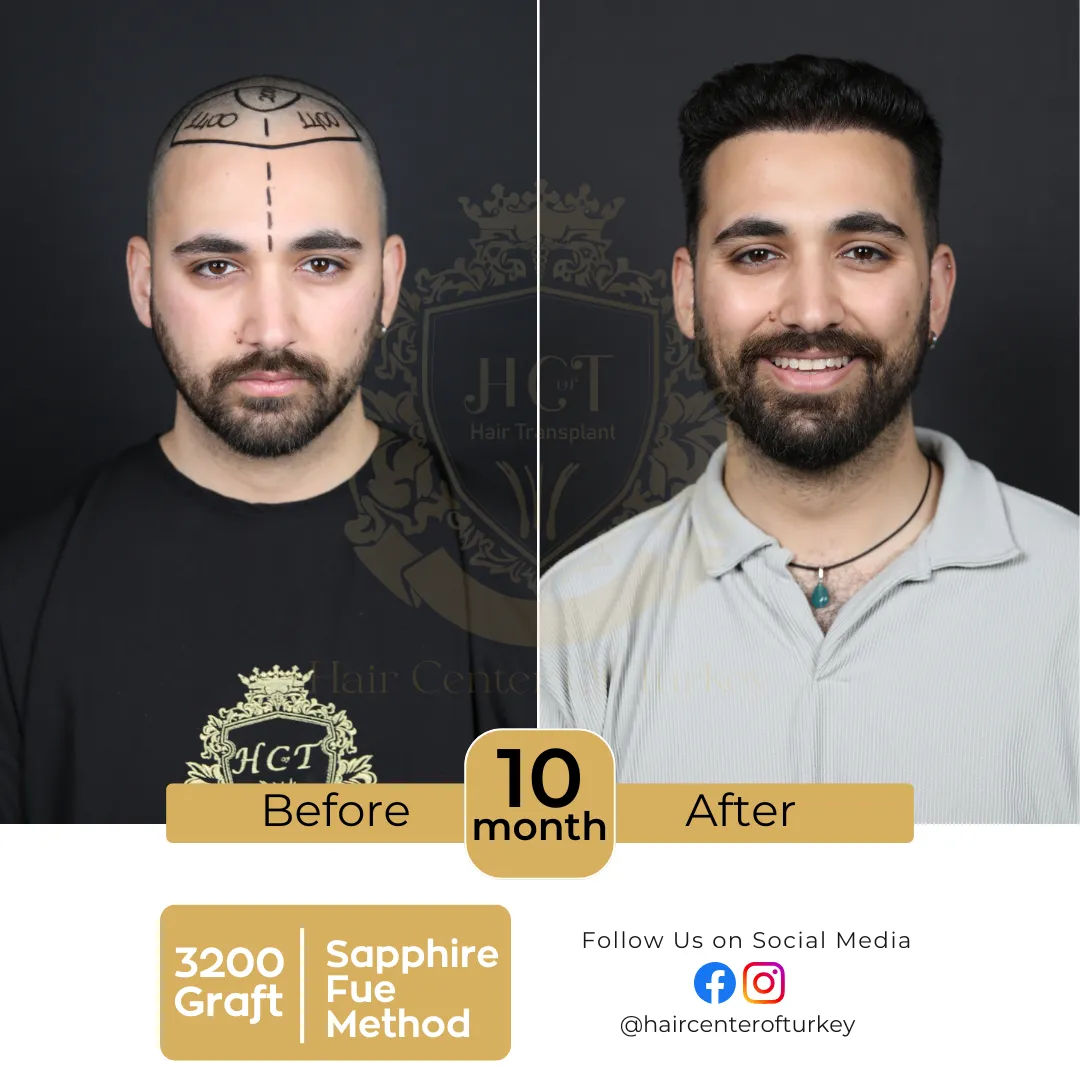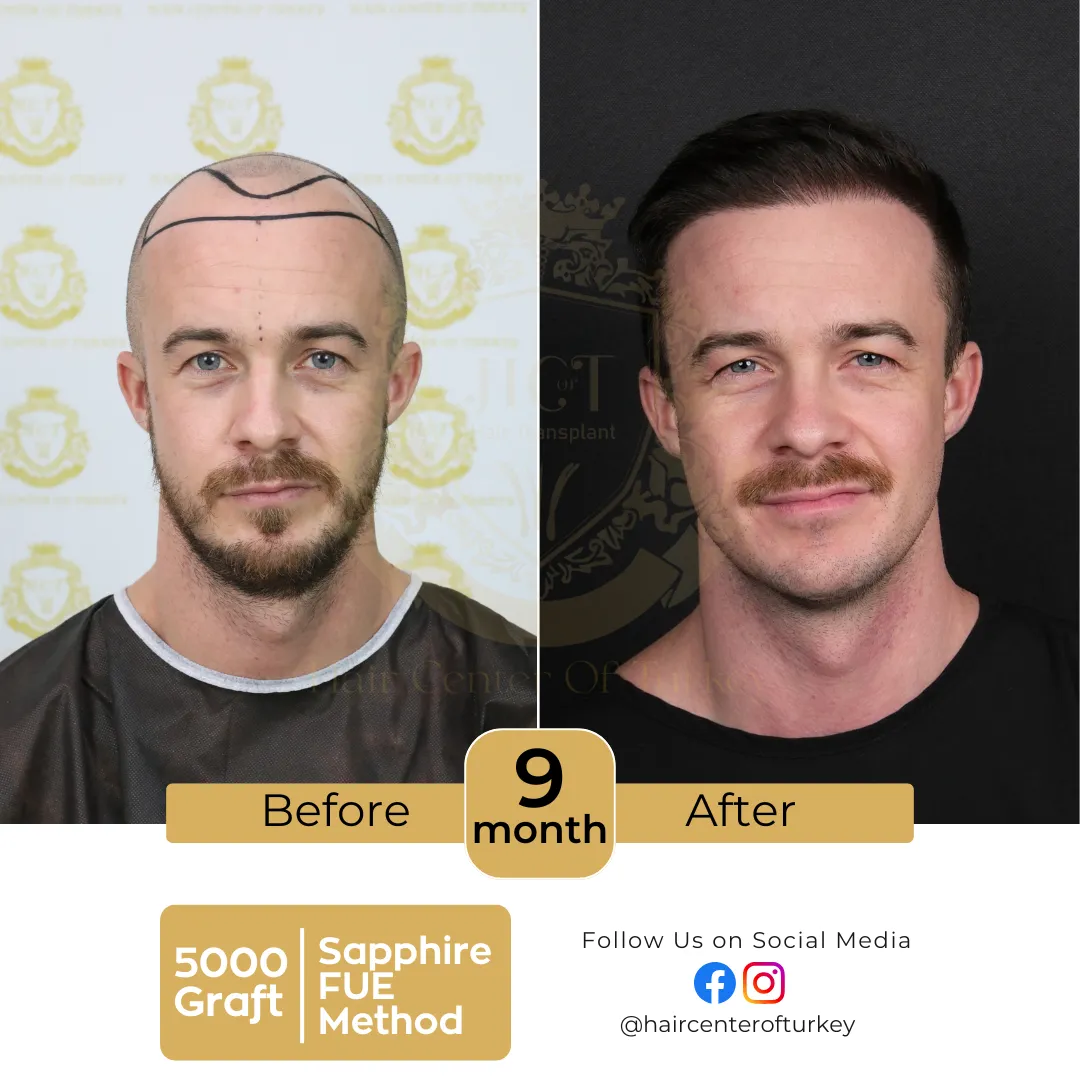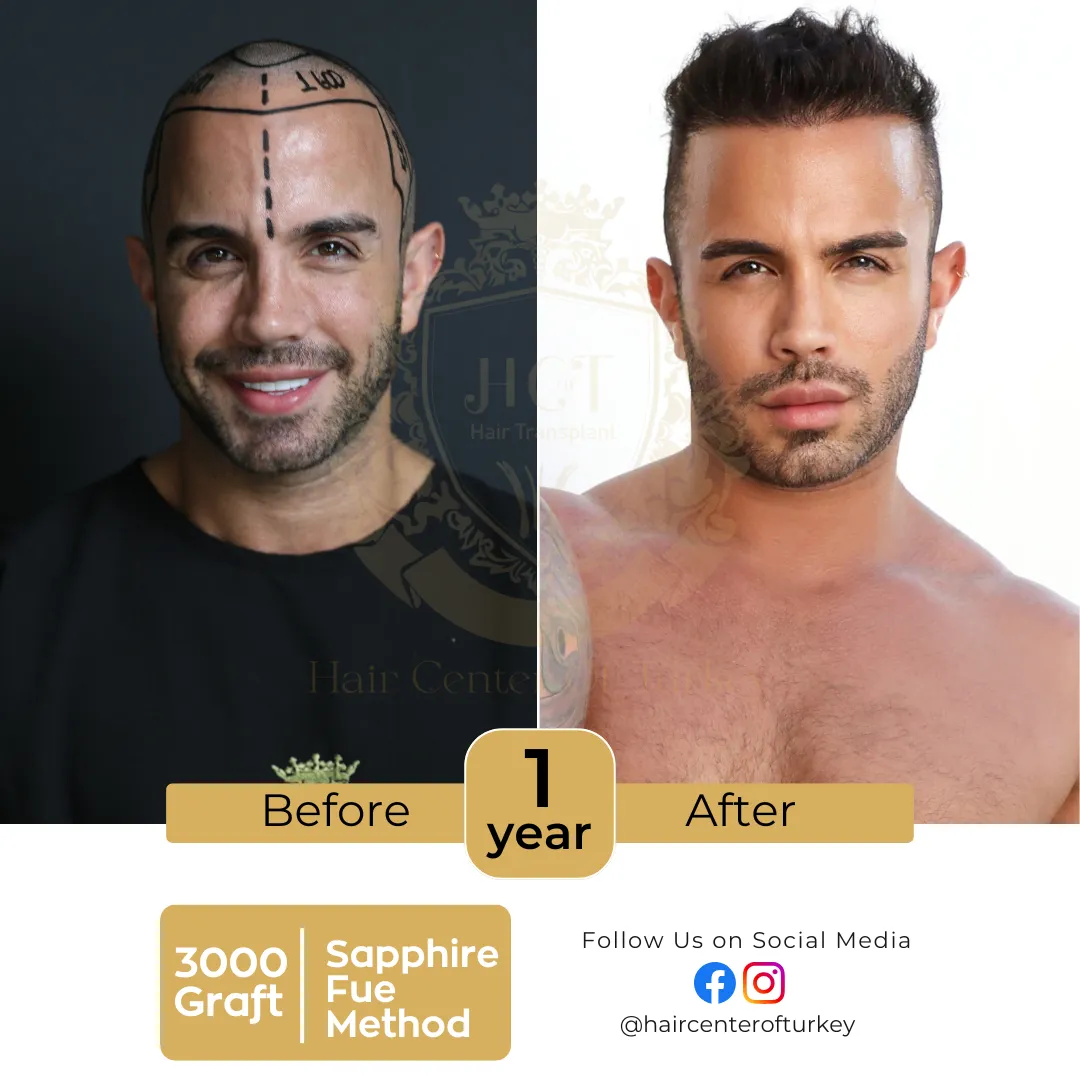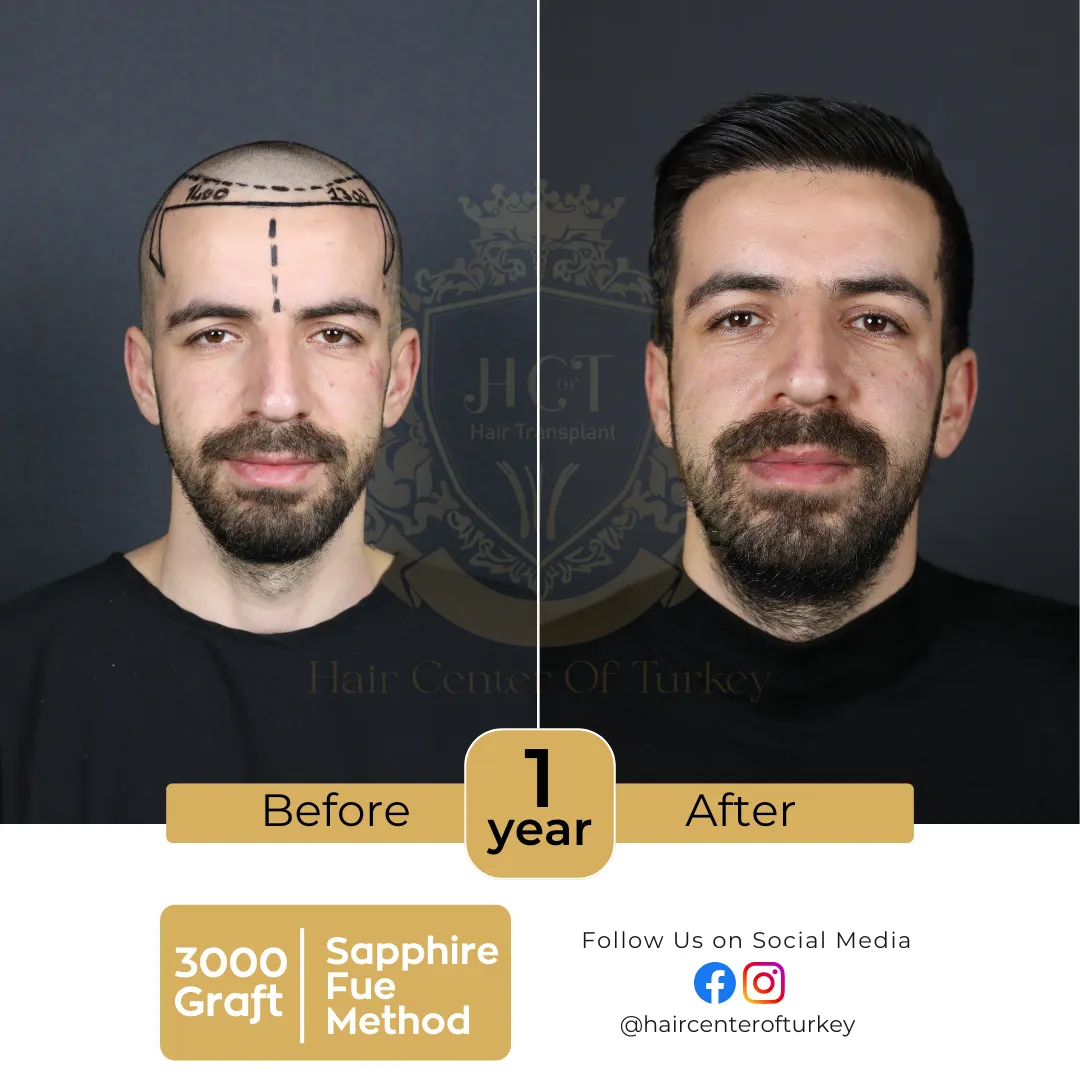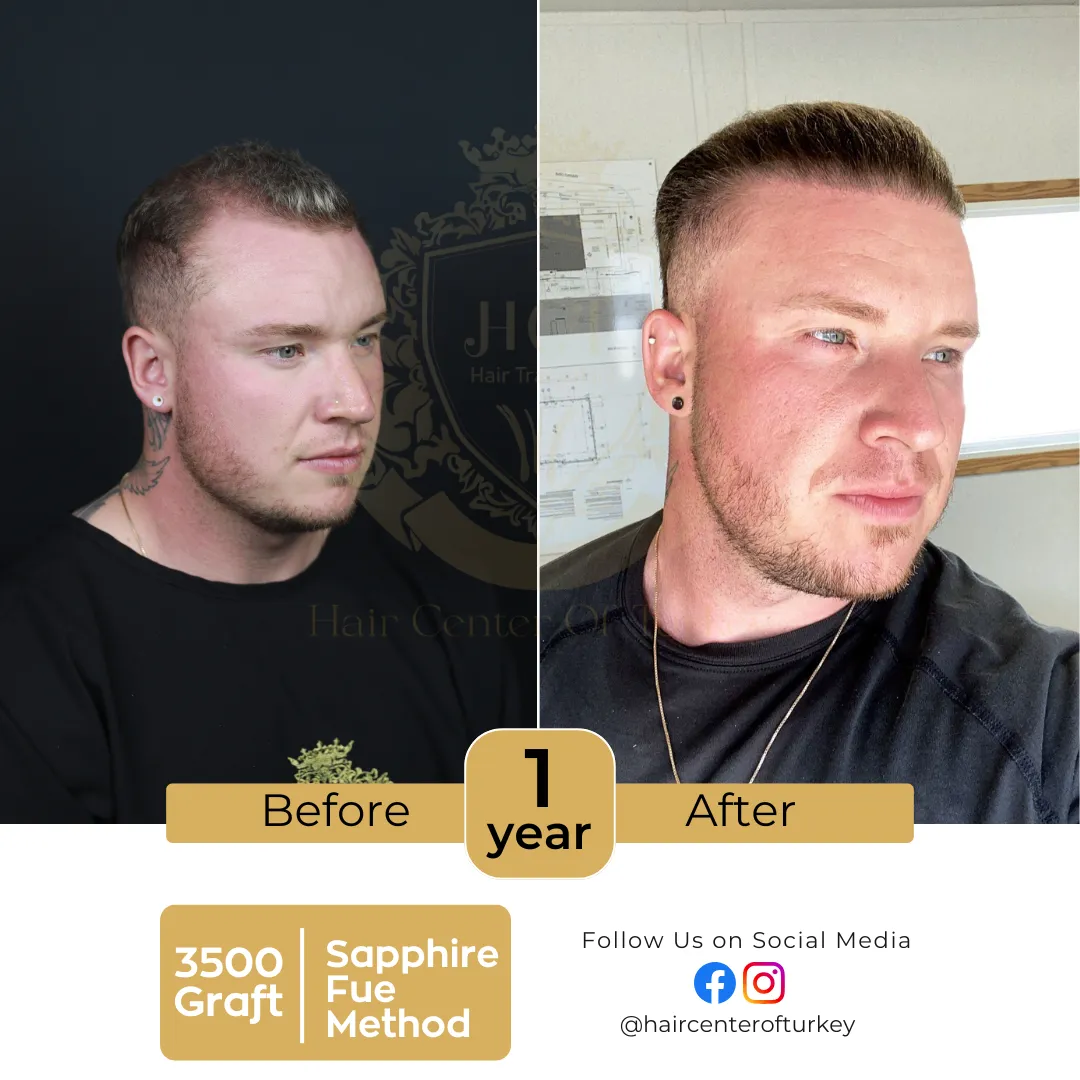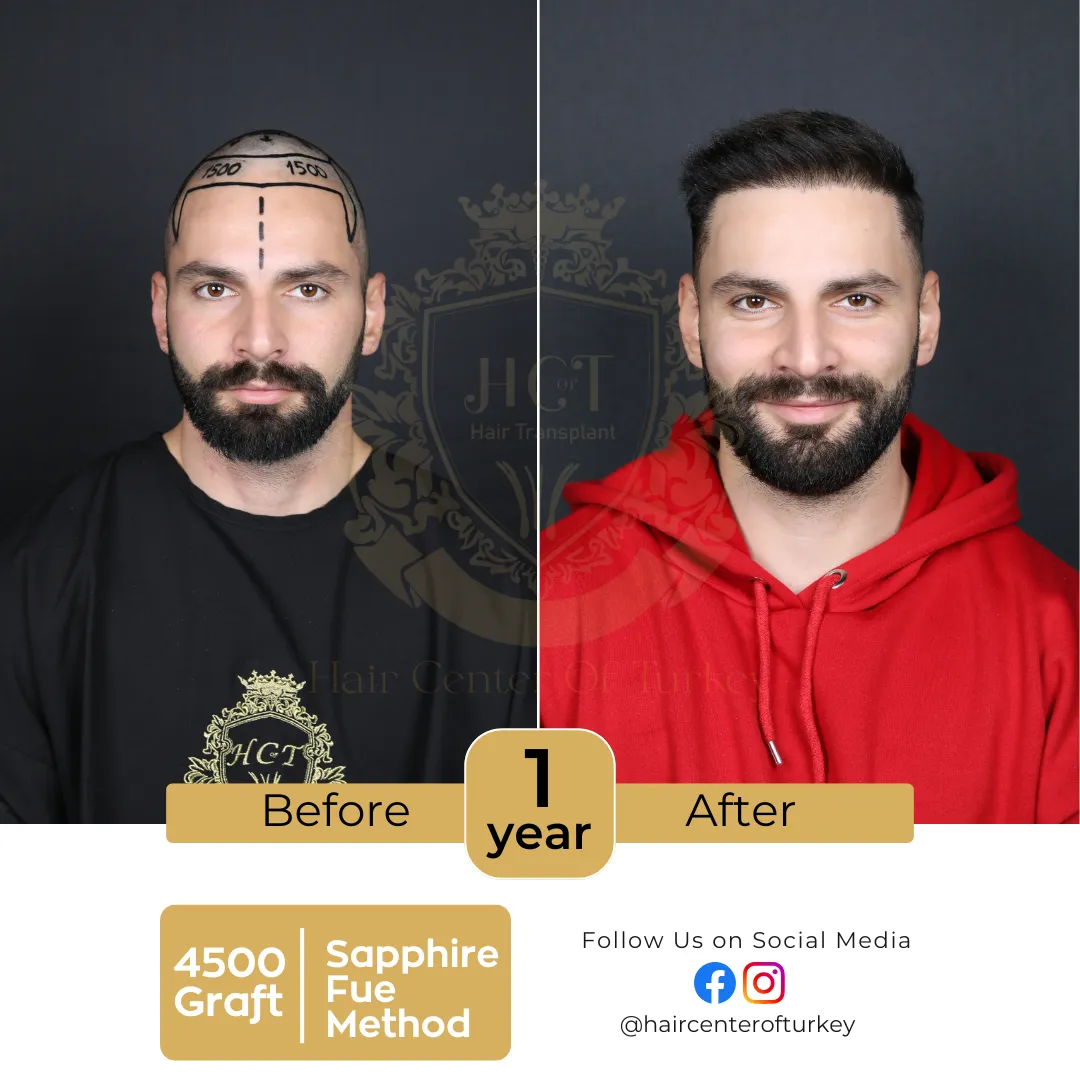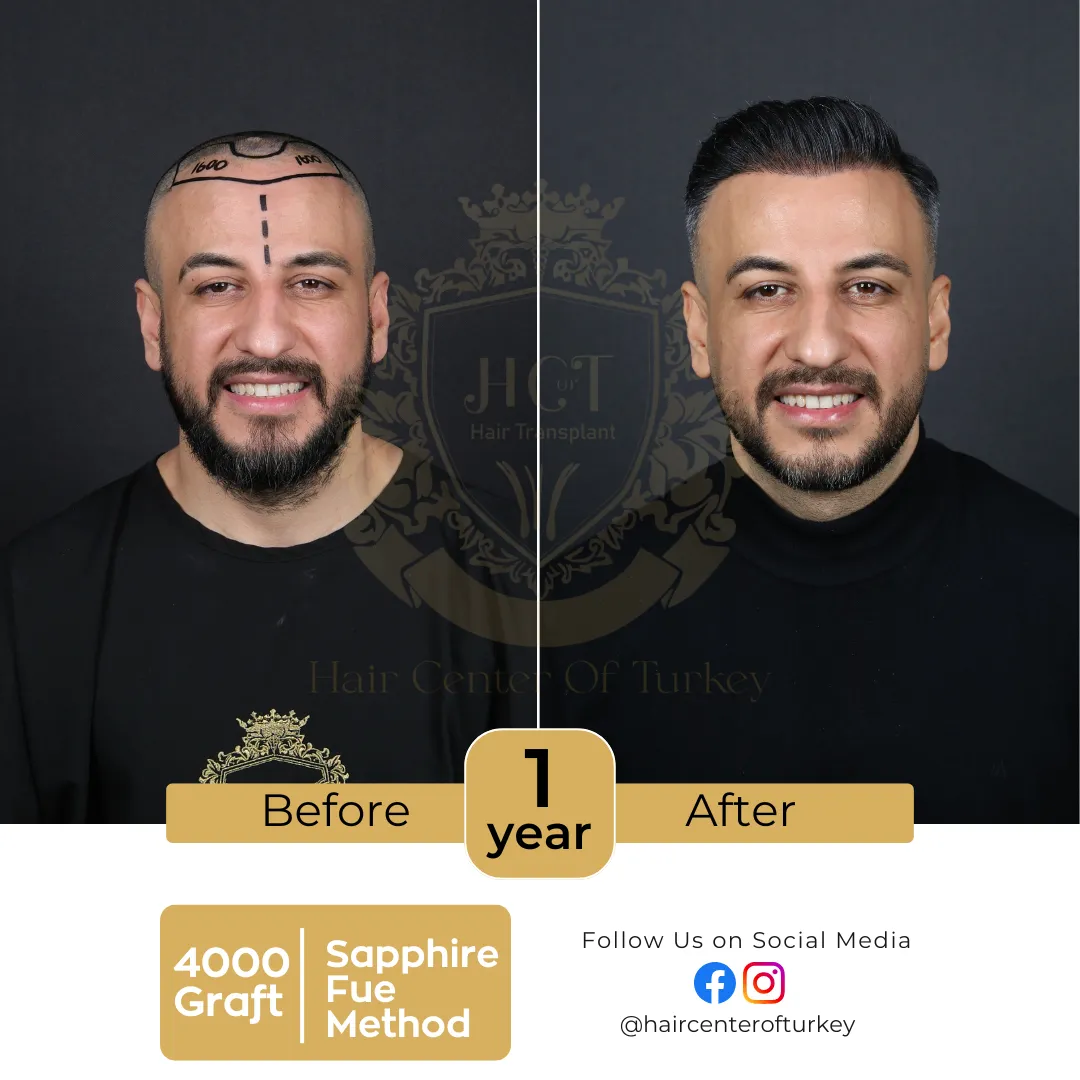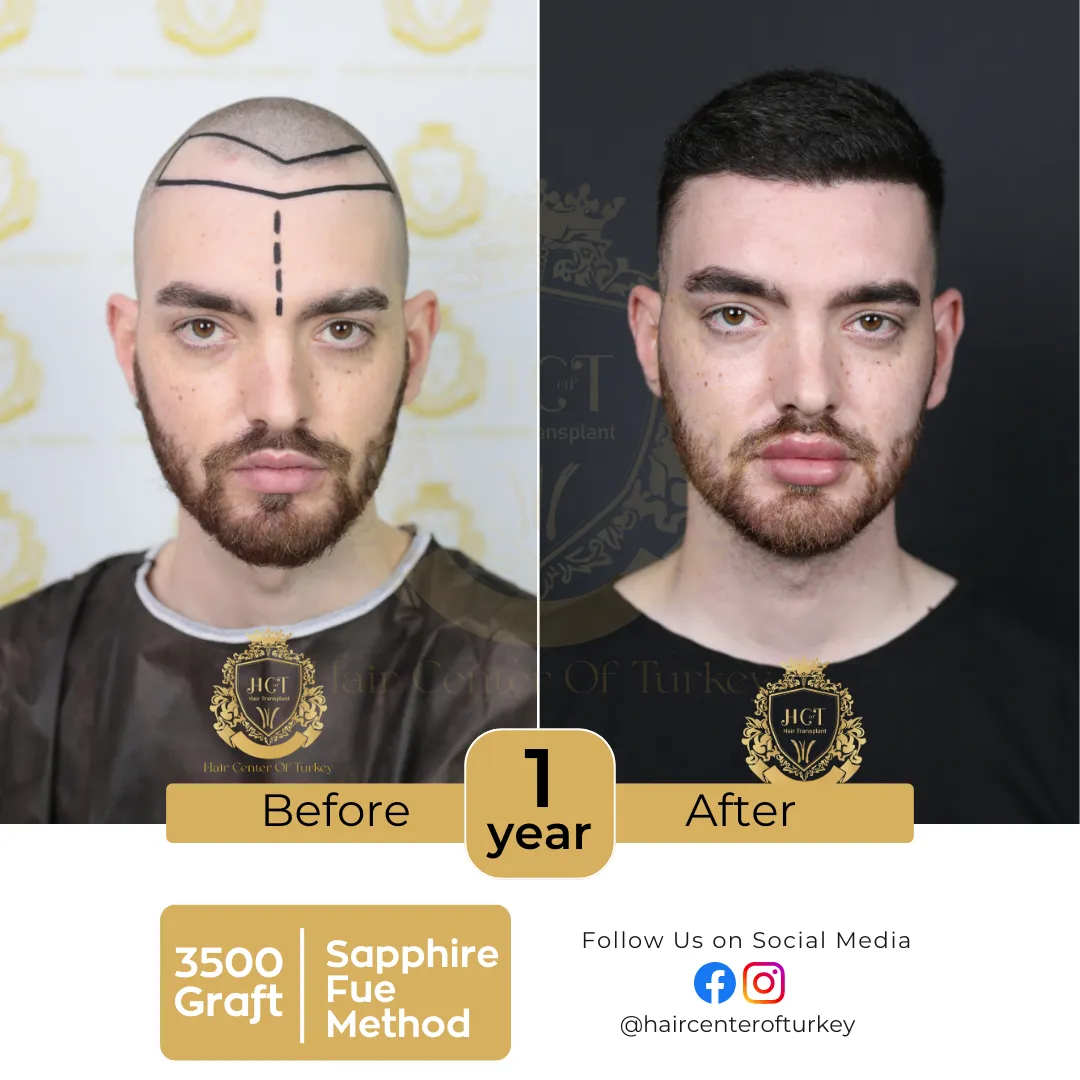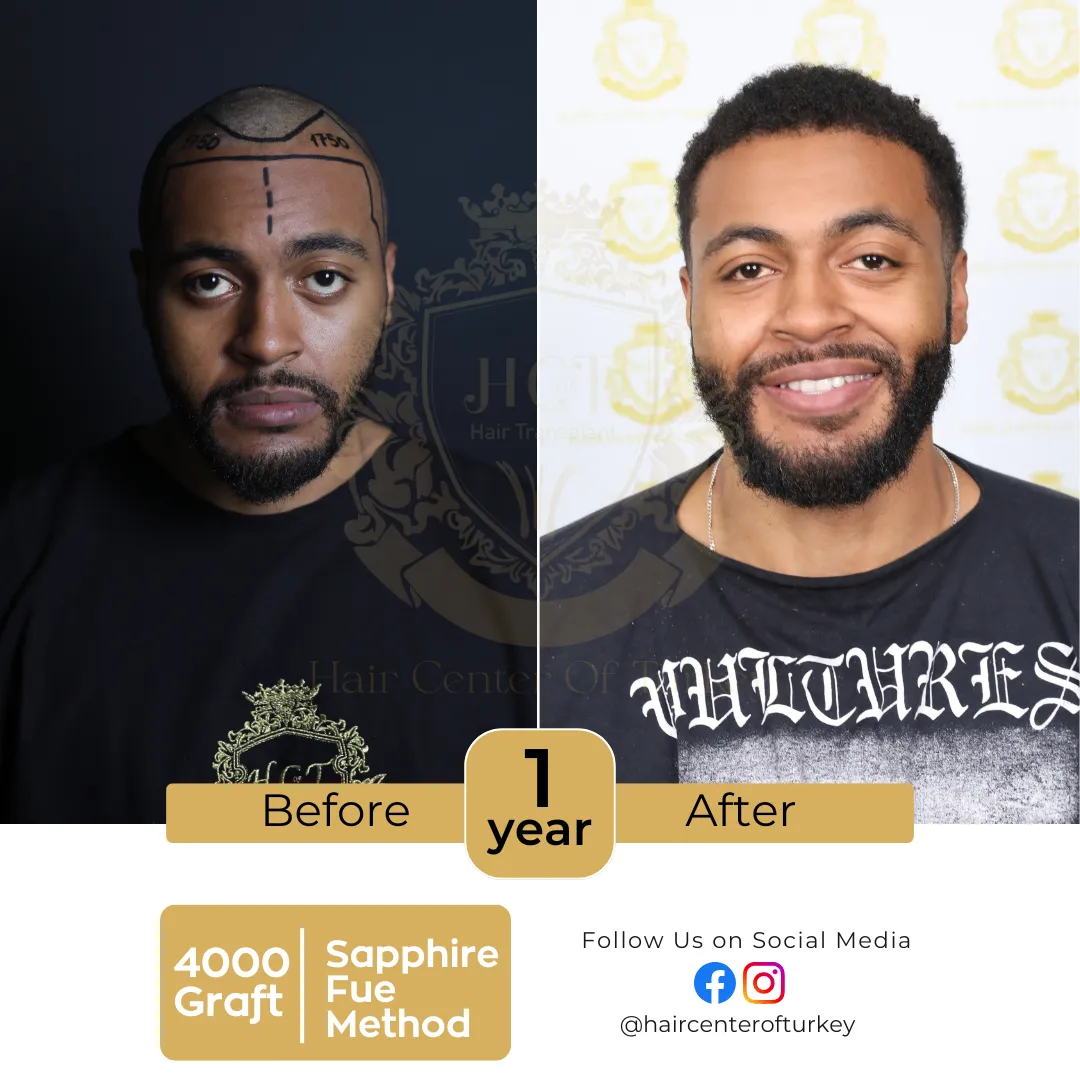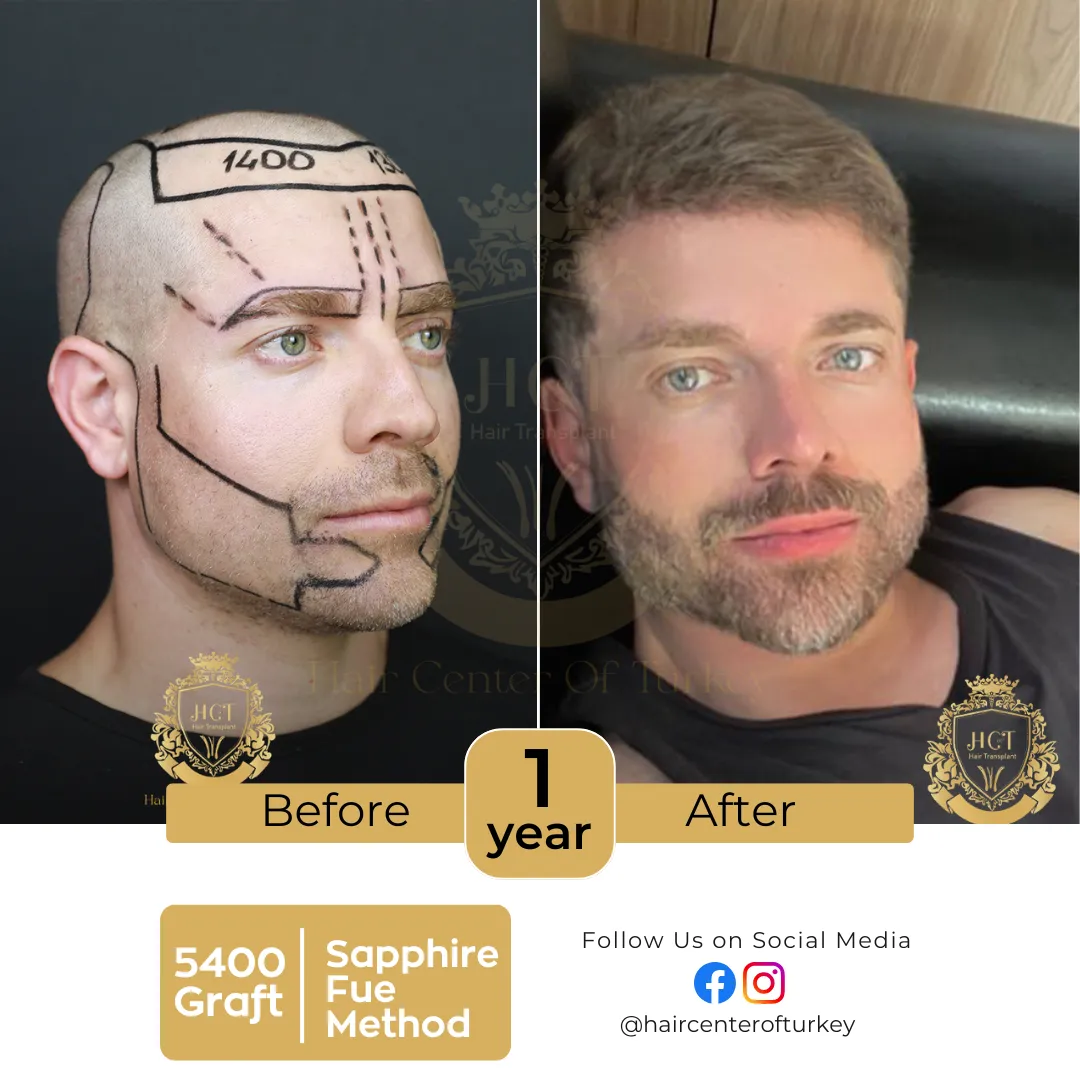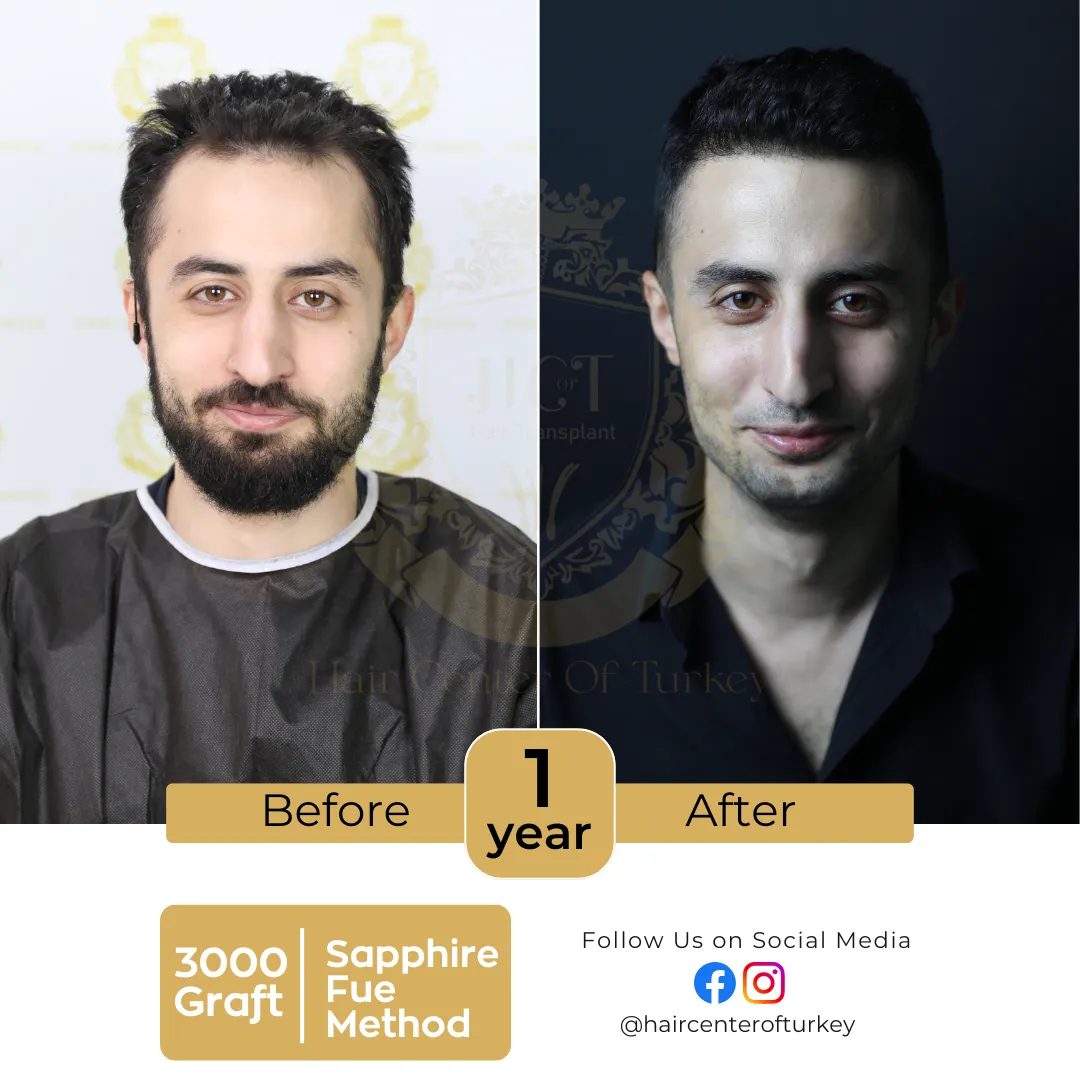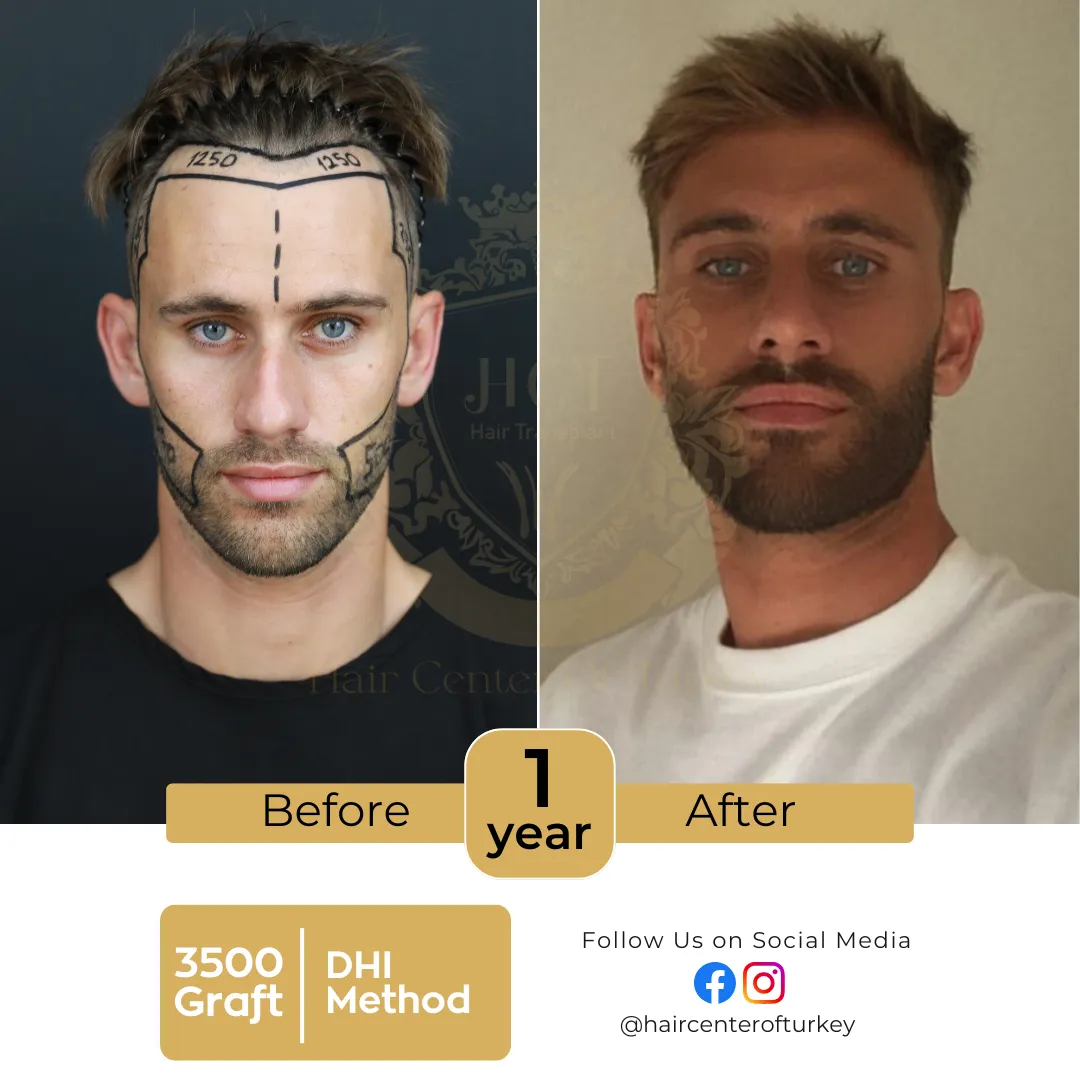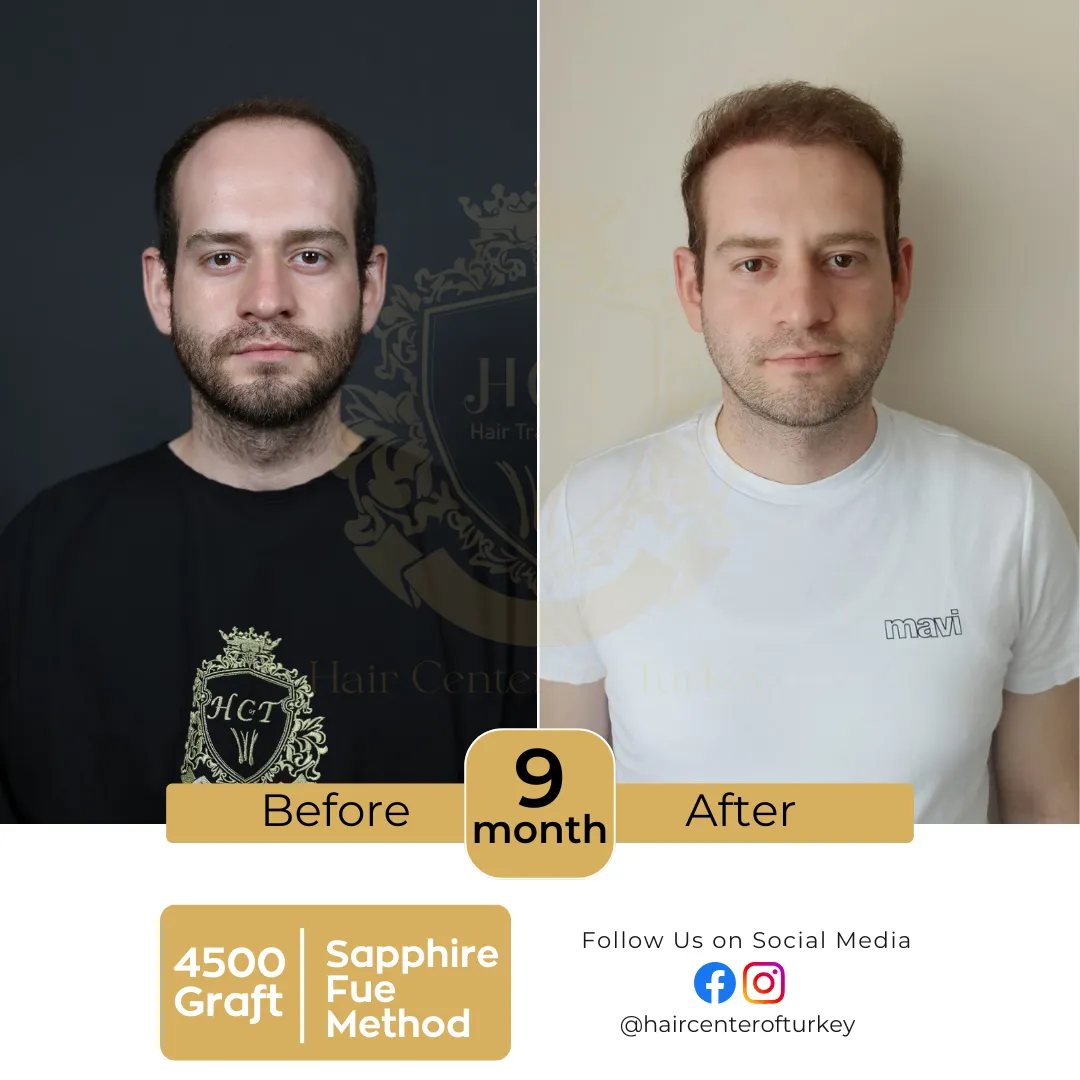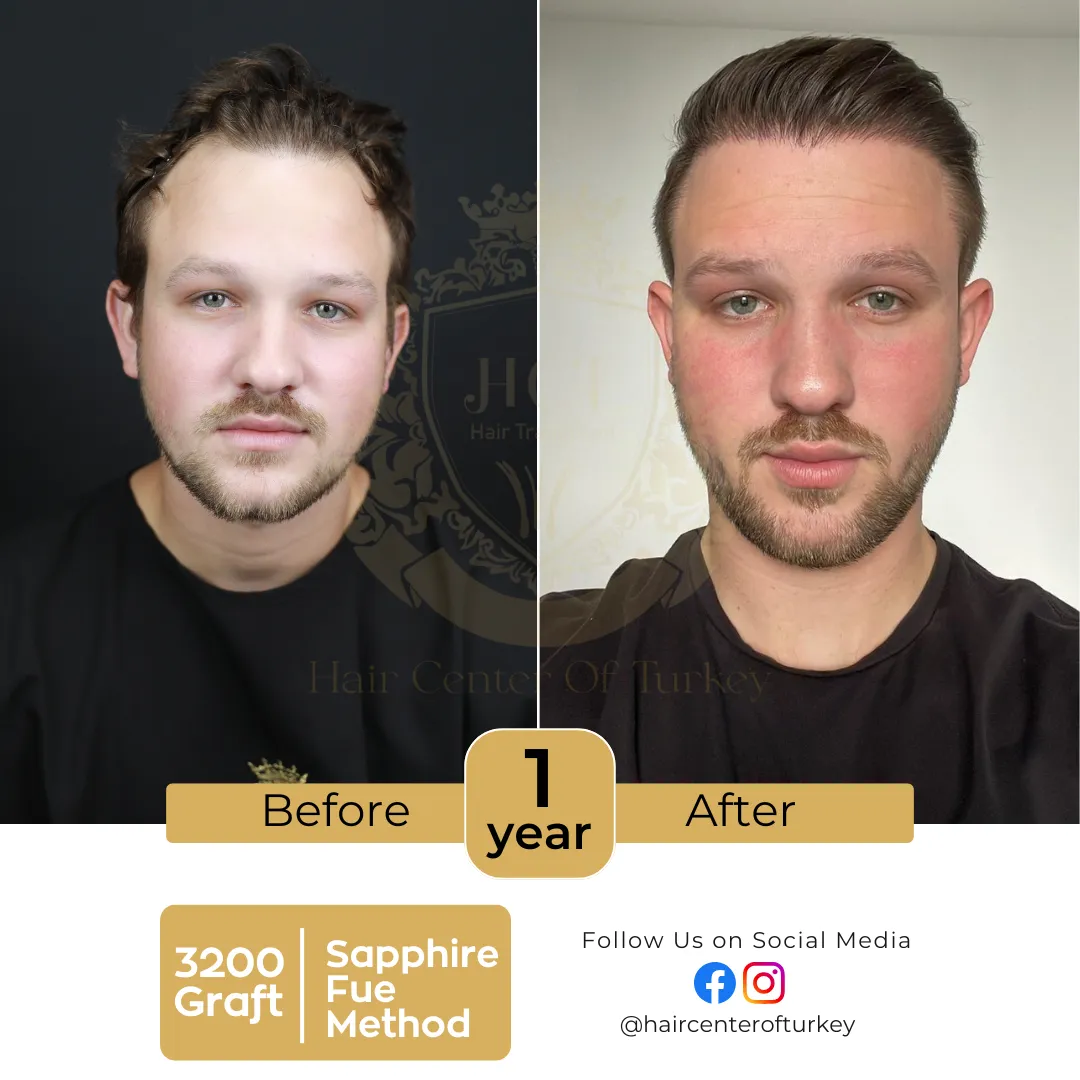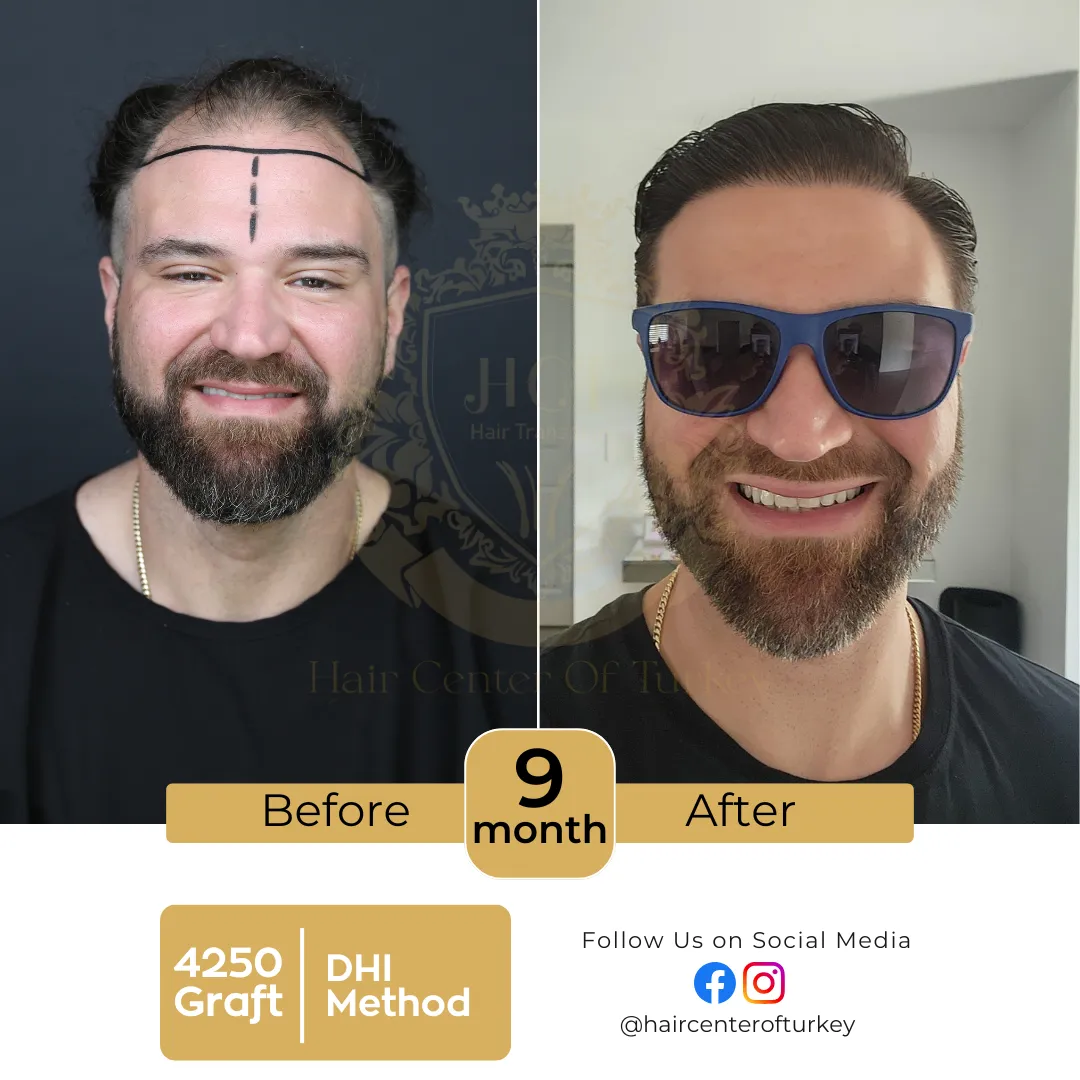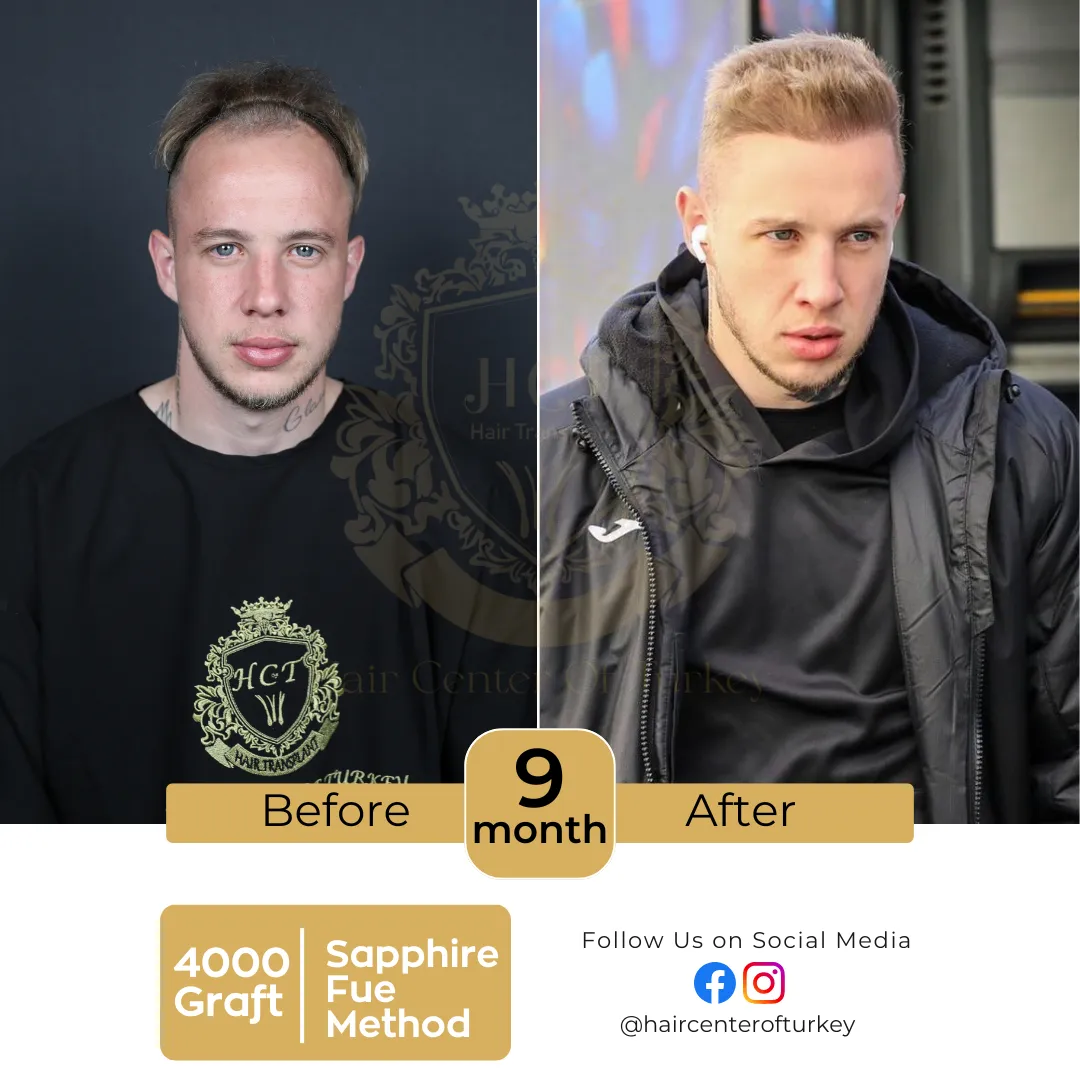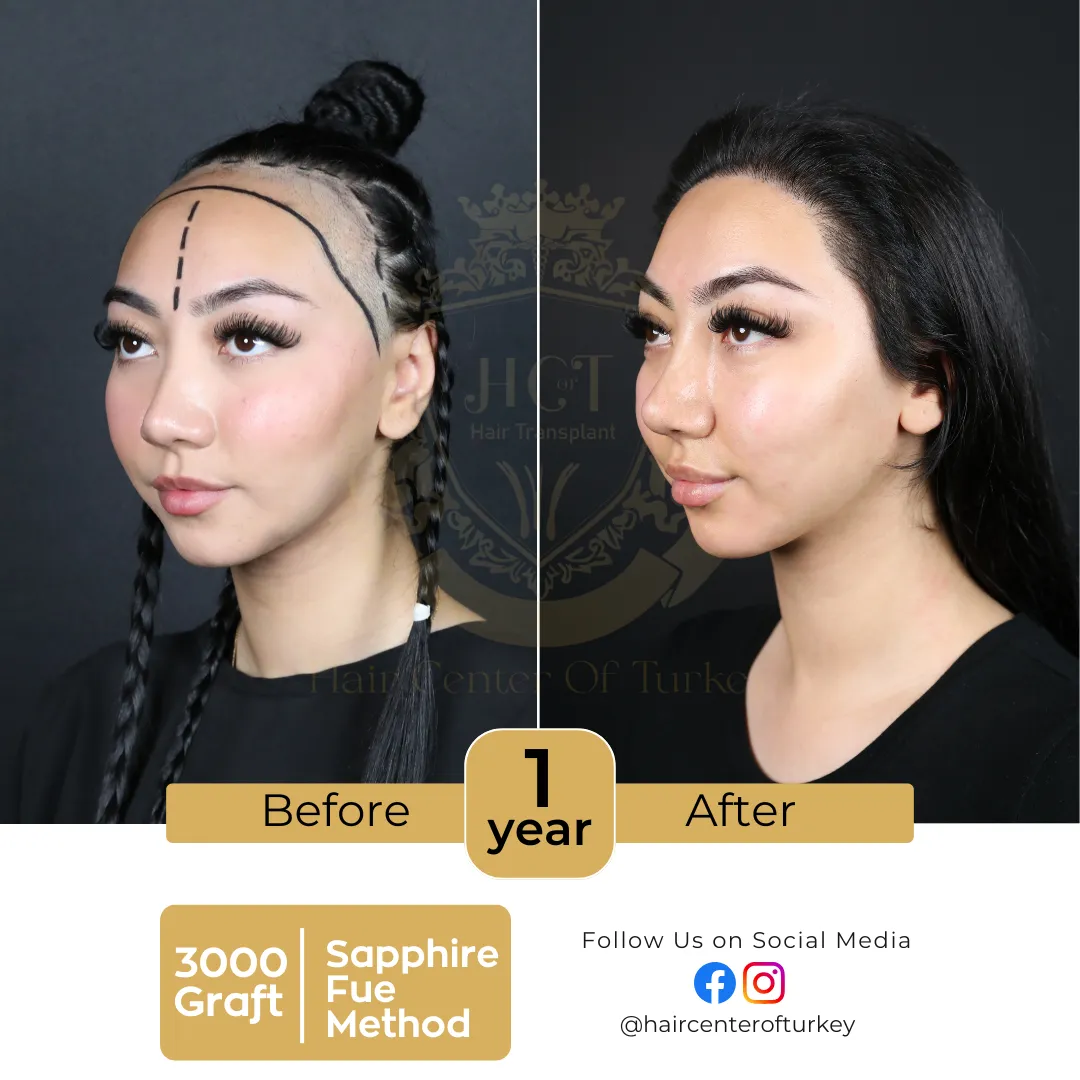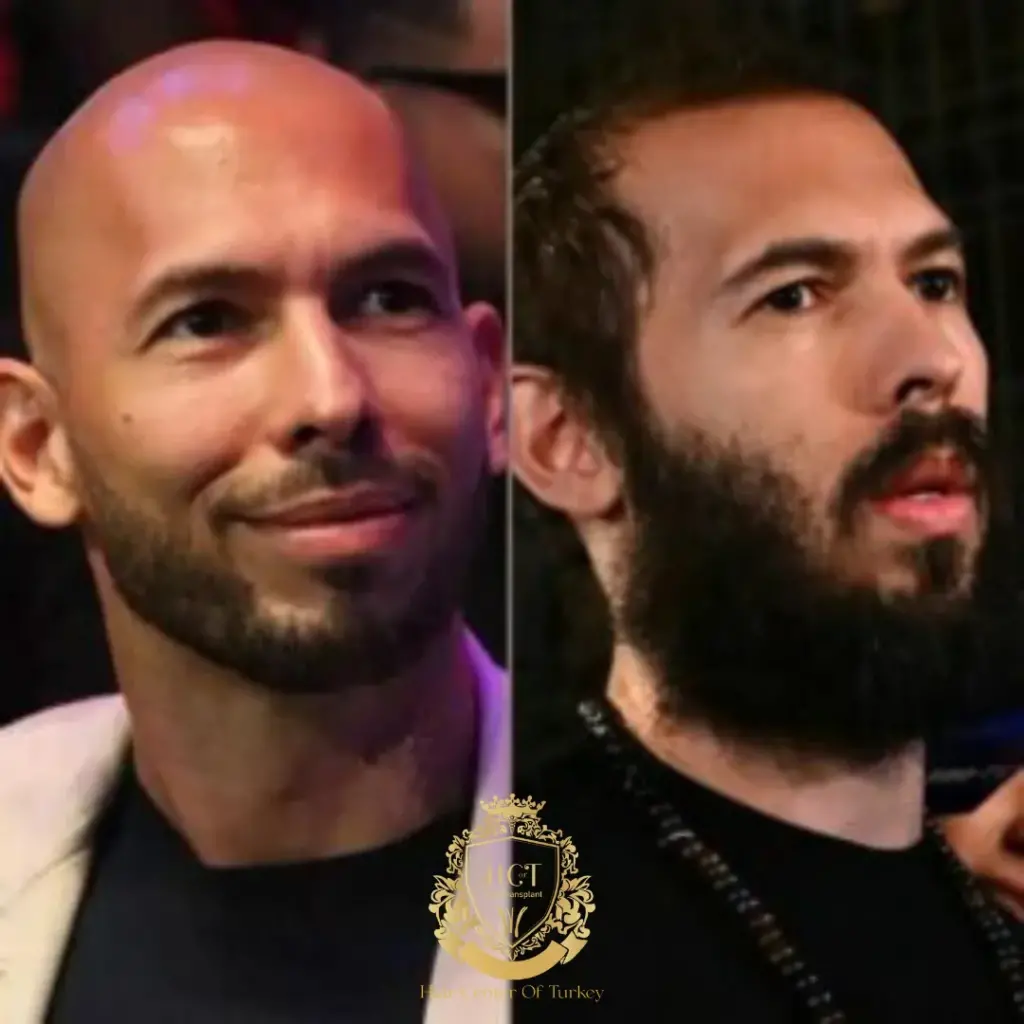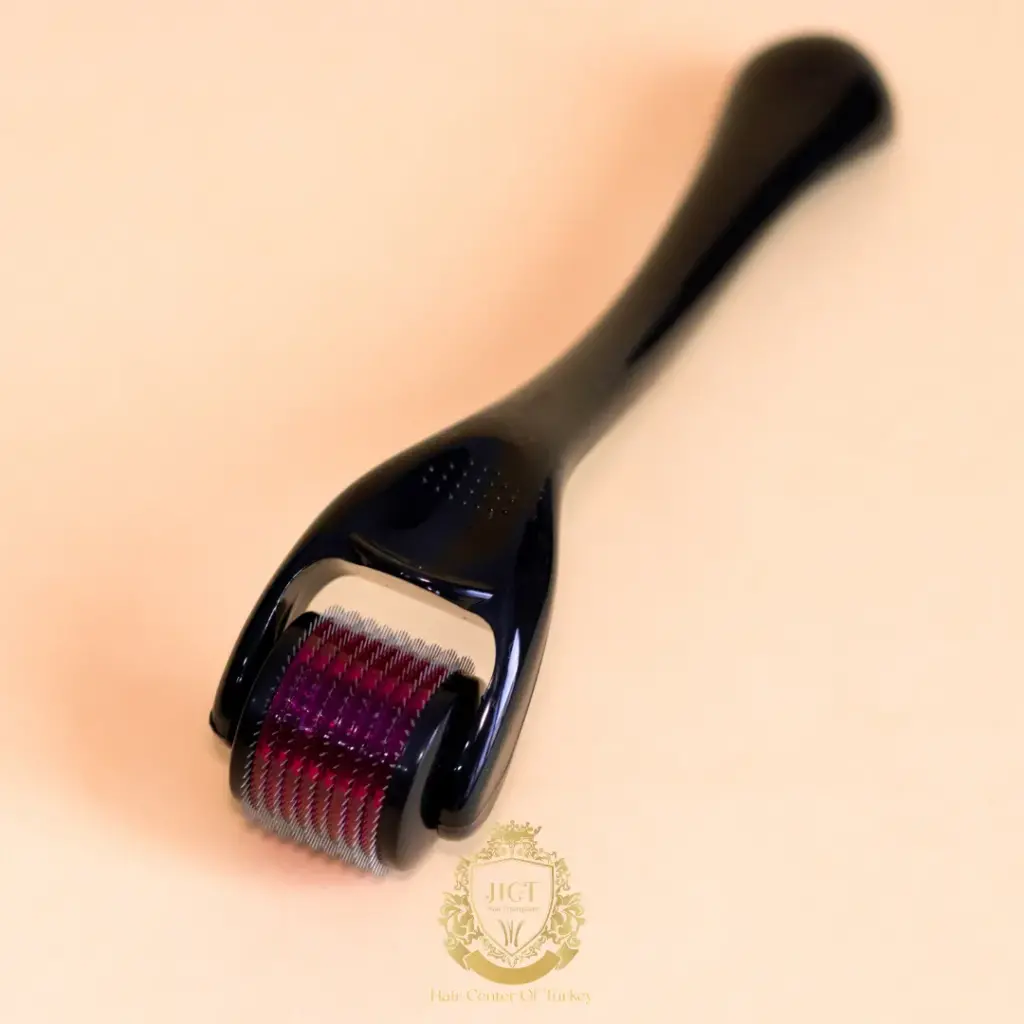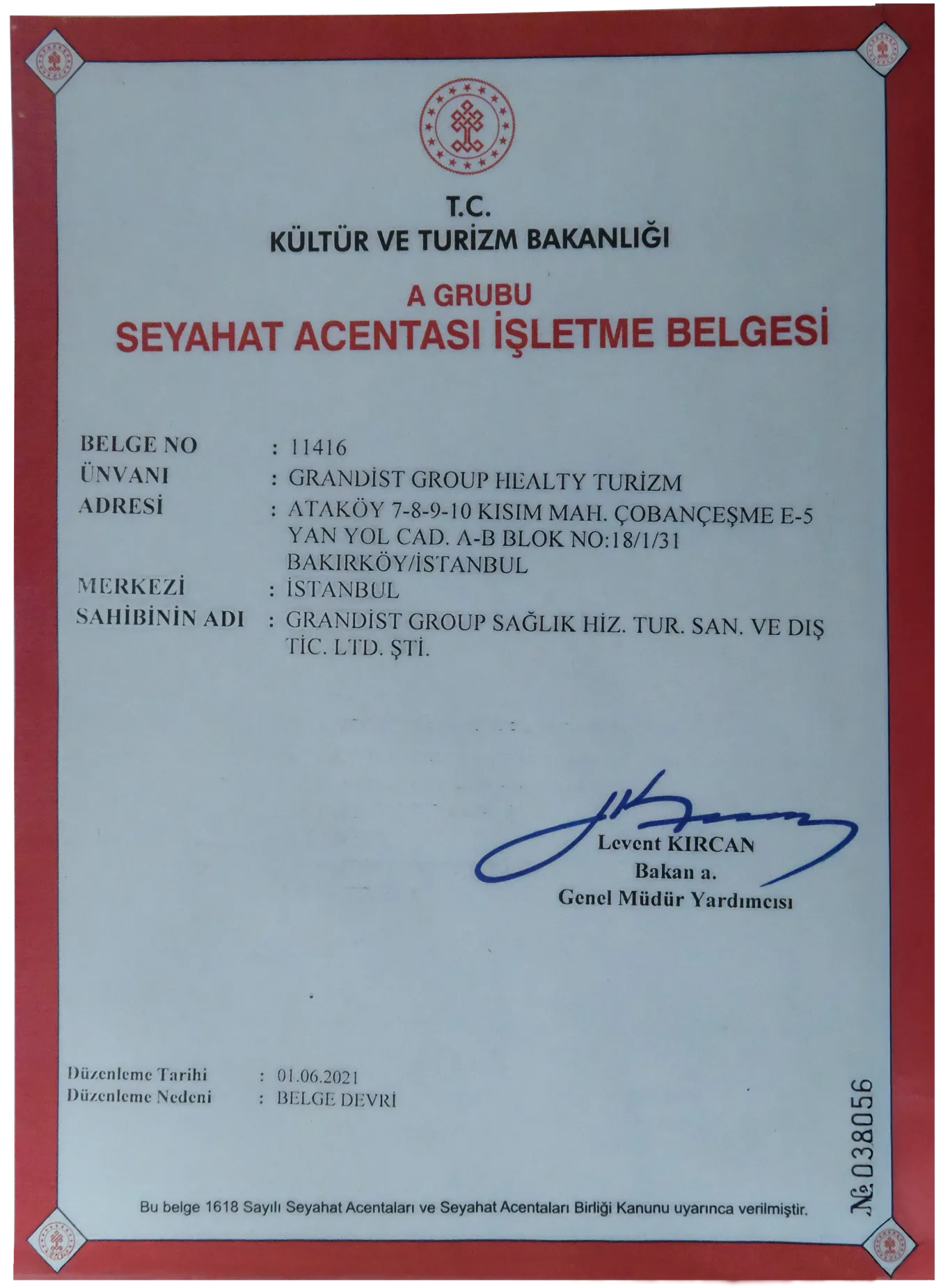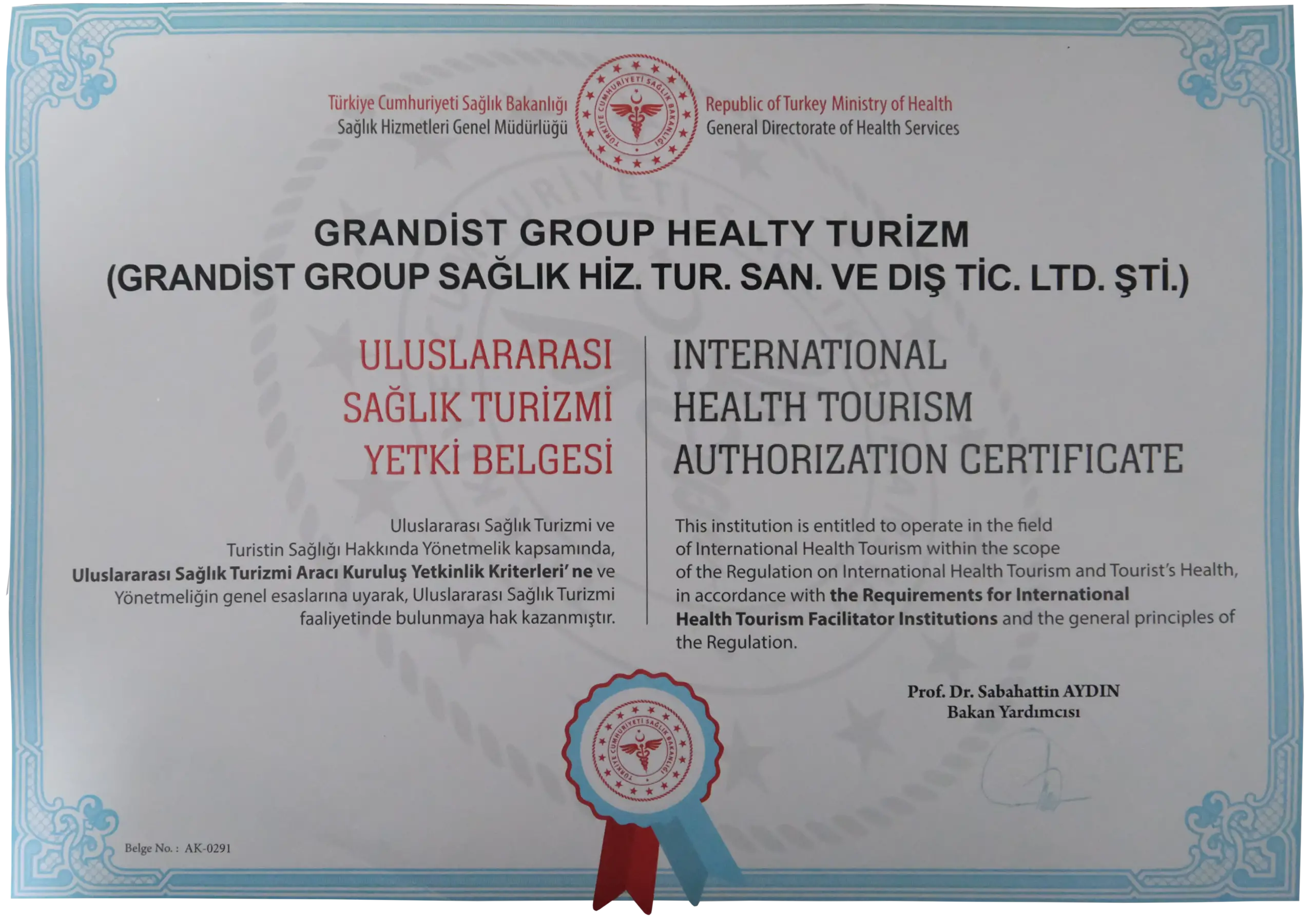Wearing a Hat After a Hair Transplant
If you have recently undergone a hair transplant operation, you may be wondering how you should act to protect your transplanted hair and achieve the best results. After hair transplant, it is extremely important to choose and use the right hat for a healthy and effective healing process.
In this article, we will share the importance of wearing a hat after hair transplant and some practical tips on how to choose and use a hat during the healing process.
Why Wear a Hat After a Hair Transplant?
There are several important reasons to cover your head after a hair transplant procedure. These protective measures play a critical role in supporting your healing process and achieving the best results.
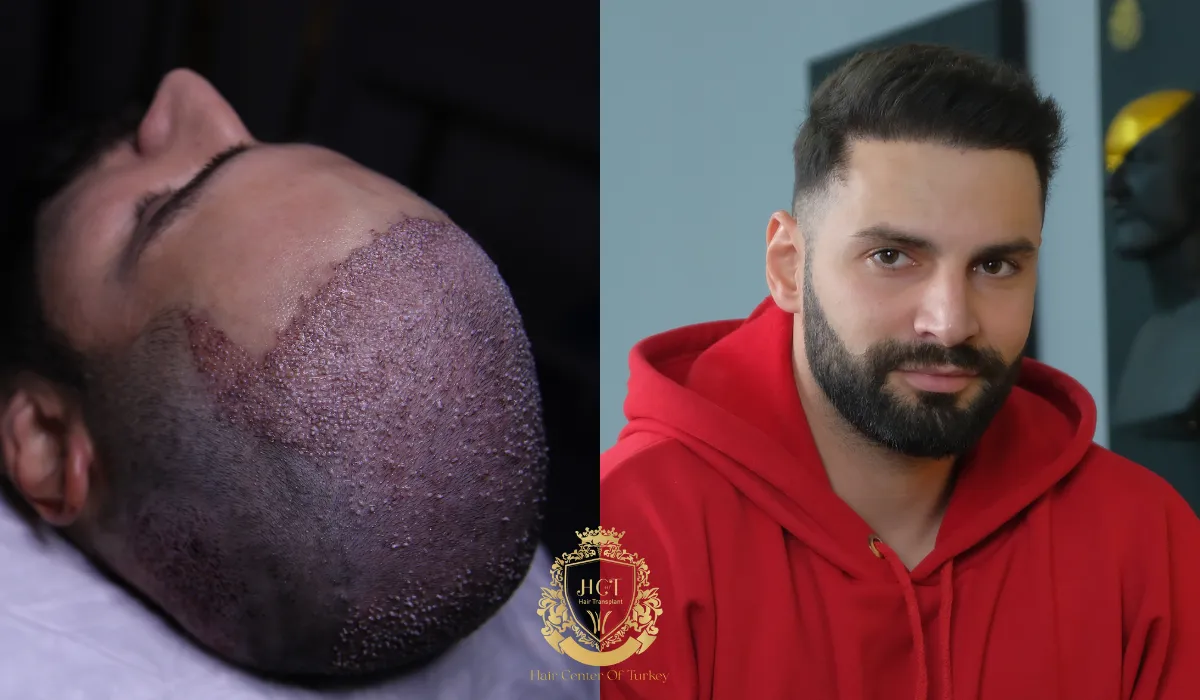
So, why wear a hat after a hair transplant?
-Protecting Transplanted Hair: After hair transplant, the transplanted hair is still in a delicate healing phase and is more vulnerable to environmental factors. Wearing a hat protects your transplanted area from the harmful rays of the sun, wind and other potential damage. This protection helps your hair follicles continue to grow in a healthy way.
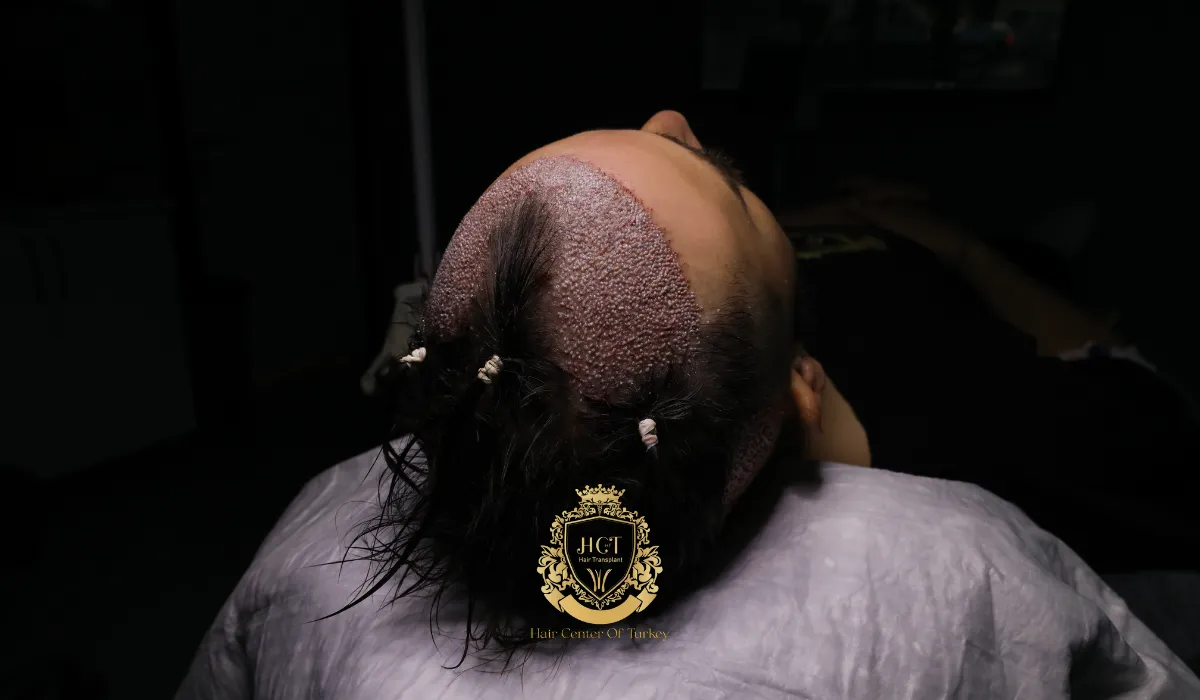
-Reducing the Risk of Infection: The use of a hat can also reduce the risk of infection in the donor area. Especially if you have had a FUE (follicular unit extraction) hair transplant, the donor area may be more susceptible to infections due to the many small incisions made during the procedure. The hat helps protect this area, minimizing the risk of infection.
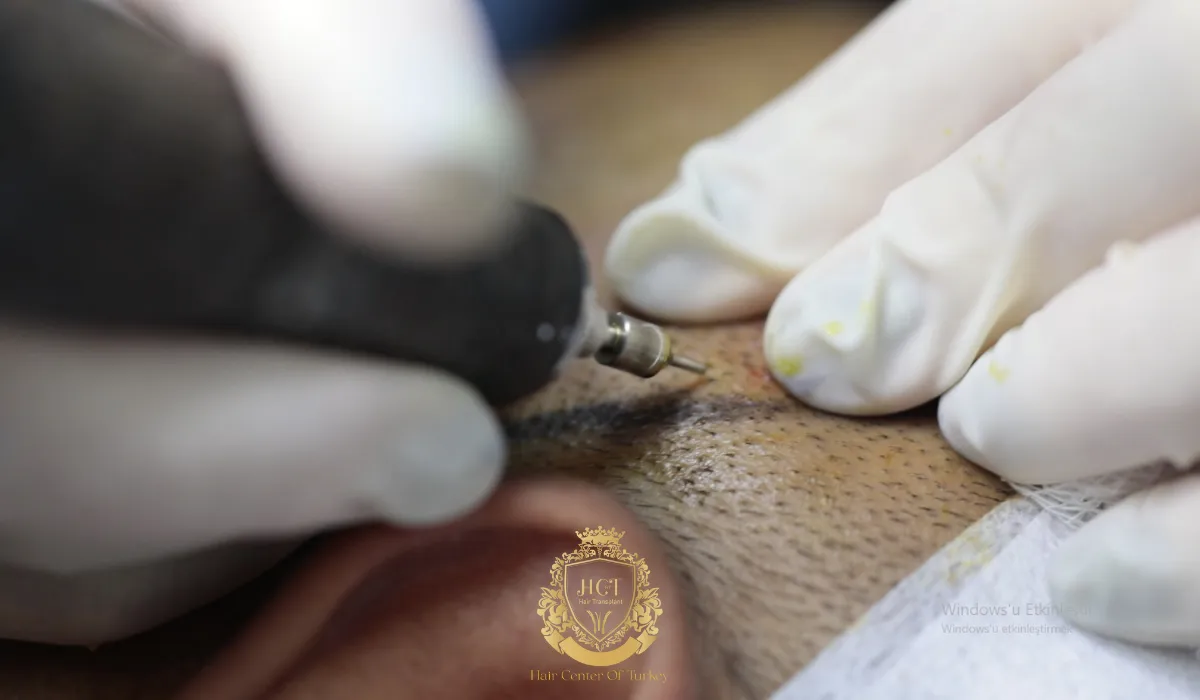
-Minimizing Scars: Covering your head can also reduce the appearance of scars in the donor area. A hat can help conceal these scars and reduce the risk of developing keloid scars. Covering the scars provides a more aesthetically pleasing appearance and offers extra protection during the healing process.
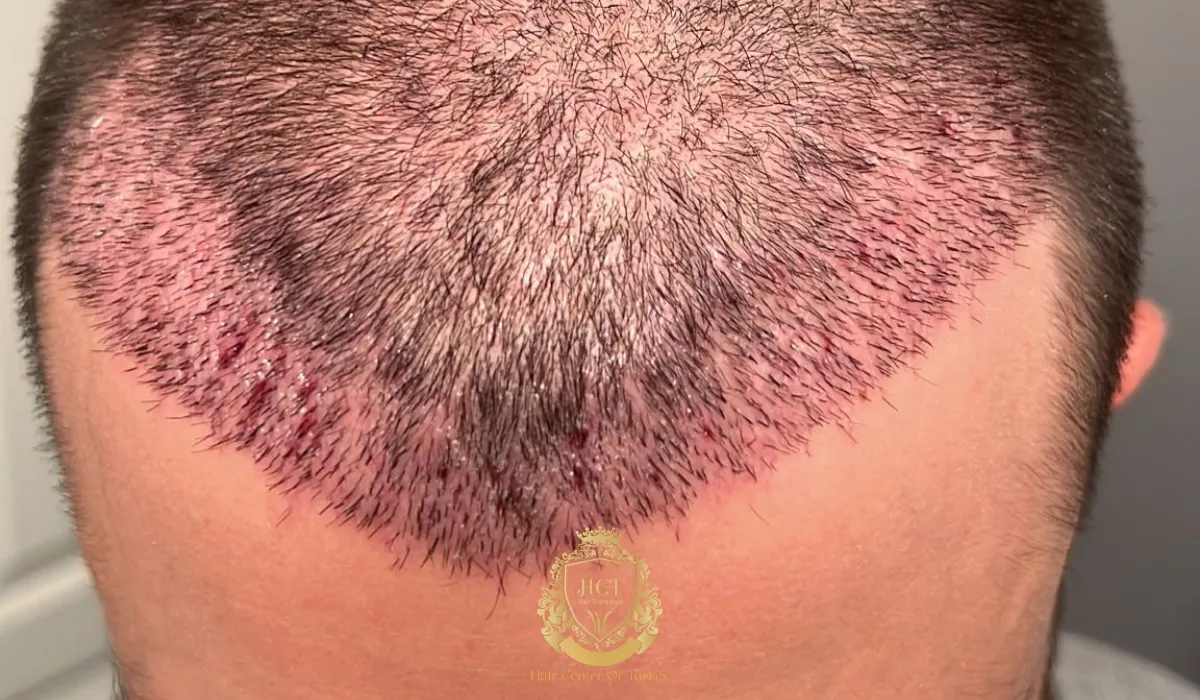
By protecting your head, you can support the healthy healing of both the transplanted hair and the donor area. The use of a hat is an important part of your hair transplant aftercare routine and helps speed up your healing process.
What Kind of Hat to Wear After Hair Transplant?
Choosing the right hat after hair transplant is critical for a healthy and successful recovery. Some important factors to consider when choosing a hat are as follows:
-Prefer a loose and comfortable hat: It is important that your hat after hair transplant is loose enough so that you do not put pressure on the transplanted hair follicles or donor area. Tight or tight-fitting hats can cause discomfort and damage the transplanted grafts. Therefore, you should take care to choose a loose and comfortable hat.

-Choose Soft and Breathable Fabric: To prevent irritation and discomfort to your scalp, you should choose hats made of soft and breathable fabrics. These features are especially important if you have sensitive skin or are prone to dandruff.

-Avoid Hard or Itchy Materials: Hats made of hard and itchy materials can irritate your scalp and cause discomfort. By avoiding such hats, you can make your healing process more comfortable.

-Careful When Choosing the Type of Hat: You should choose your hat according to the type of your hair transplant procedure. For example, after a hair transplant with the strip collection method, you should avoid hats with tight bands or visors. Such hats can put pressure on the scars in the donor area. If you have undergone FUE (follicular unit extraction) hair transplant, tight-fitting hats can damage the small incisions made during the procedure.

By paying attention to these tips, you can make the best choice of hat after hair transplant and support your healing process. Choosing the right hat not only increases your comfort but also helps to maximize the results of hair transplant.
When to Wear a Hat After Hair Transplant?
Wearing a hat after hair transplant is an important issue for both men and women and is often a matter of curiosity for patients. After hair transplant, it is recommended to avoid contact with the treated area for the first 48 hours. However, there are some important points about the use of hats to protect against external factors.
Protecting the transplanted area from moisture and heat plays a critical role in the healing process. Therefore, wearing a hat after hair transplant both protects the hair follicles from external factors and supports the hair strands to stay in place by providing a certain amount of warmth and moisture. However, attention should be paid to the question “when to wear a hat after hair transplant?”.
It is important to get your doctor’s approval before wearing a hat after hair transplantat. Your doctor will give you information about the most appropriate use of hats according to the condition of your scalp after the operation.
When you can start wearing a hat after a hair transplant depends on the time it takes for the grafts to settle on the scalp and the roots to stabilize. This is a process that usually takes one week to ten days. However, as a general rule, it is recommended to wait a minimum of three weeks to wear a hat. Paying attention to your doctor’s instructions during this process is the most important step for the successful completion of the healing process.
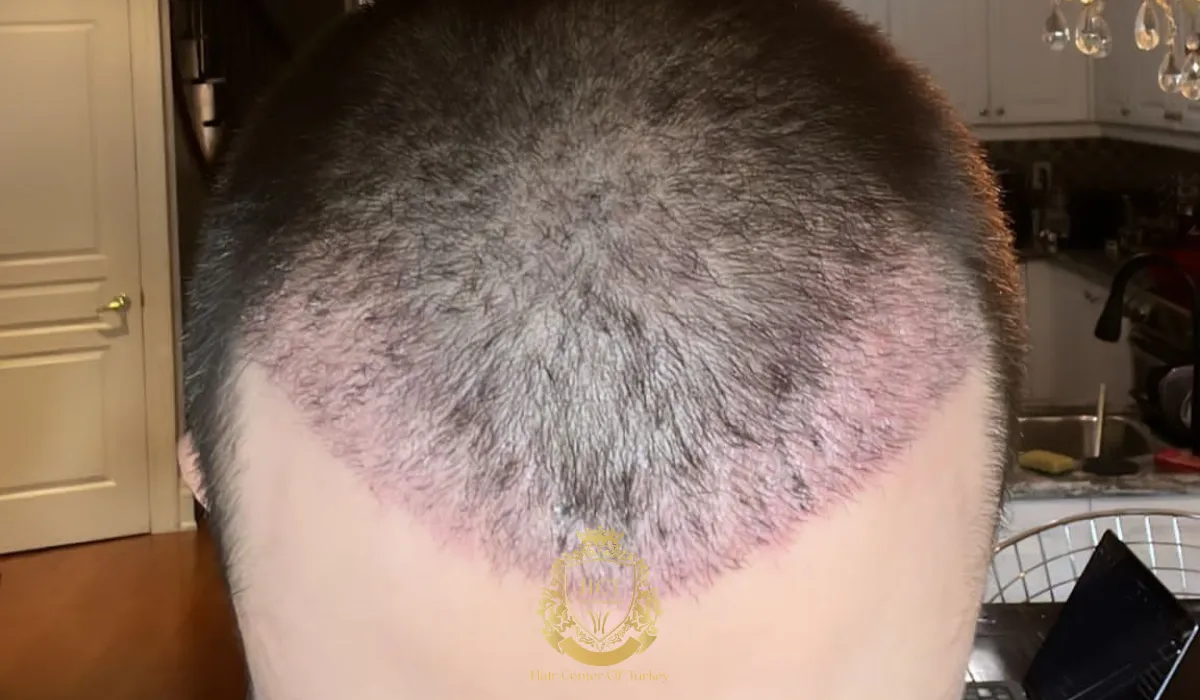
How to Wear a Hat After Hair Transplant?
Wearing a hat after hair transplant is of great importance to support your healing process and protect your transplanted hair. In addition to choosing the right hat, how to put on and take off your hat is another important point to consider. Here are some tips you should pay attention to when using a hat after hair transplant:
1. Be Careful in Bonnet Use: If you are wearing a bonnet, make sure that it is neither too tight nor too loose. You should also make sure that the cap does not cover the donor site or the transplanted grafts. Otherwise, this can cause irritation or damage.
2. Do not overdo the use of hats: Wearing a hat after hair transplant is important to protect the transplanted hair and donor area, but avoid overdoing it. Excessive hat use can cause sweating and irritation on the scalp. This can damage the transplanted hair follicles.
3. Take a Break from Wearing a Hat: If you need to wear a hat for a long time, take it off at intervals to allow your scalp to breathe. This will help prevent sweating and irritation on the scalp.
4. Be gentle when putting on and taking off your hat: You should be gentle when putting on or taking off your hat. Avoid tugging or pulling on your hair or the donor area. This will help prevent any accidental damage to the transplanted hair grafts or donor area.
A person who correctly understands how to wear a hat after a hair transplant will have a more efficient recovery process. It will also help you achieve the best results after the operation. By following these simple but effective tips, you can both increase your comfort and protect your hair transplant results.
F.A.Q. (Frequently Asked Questions)


